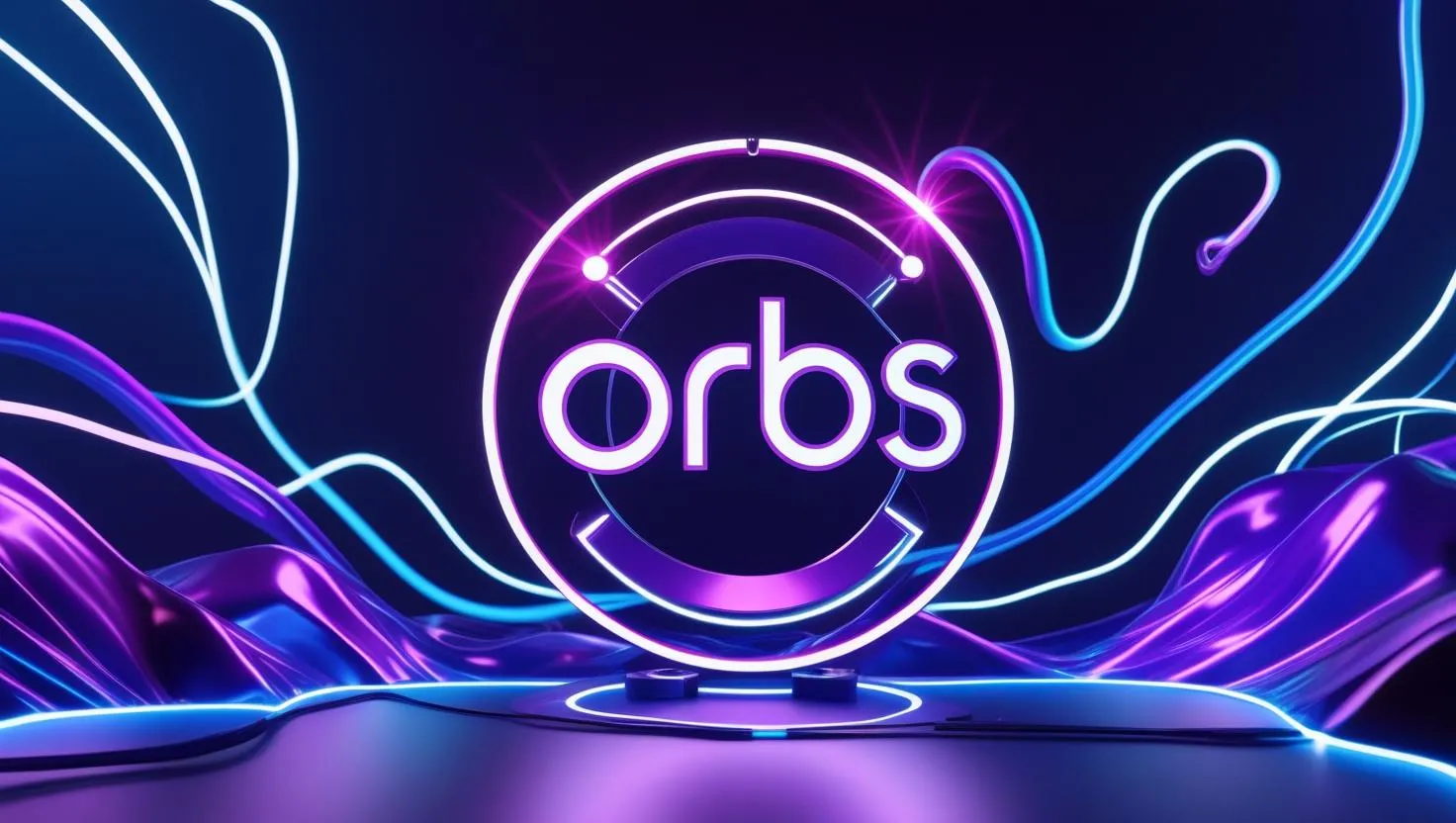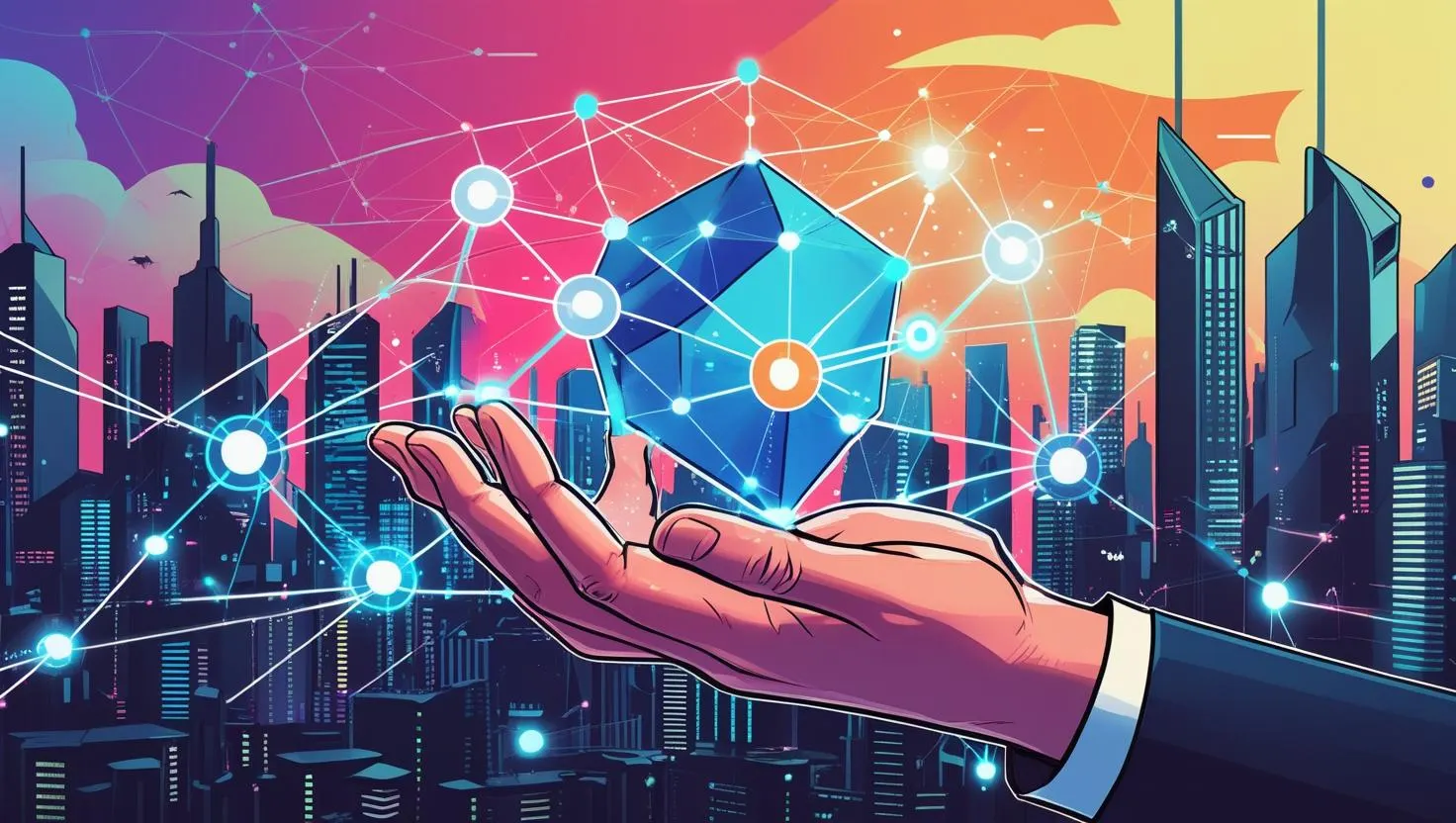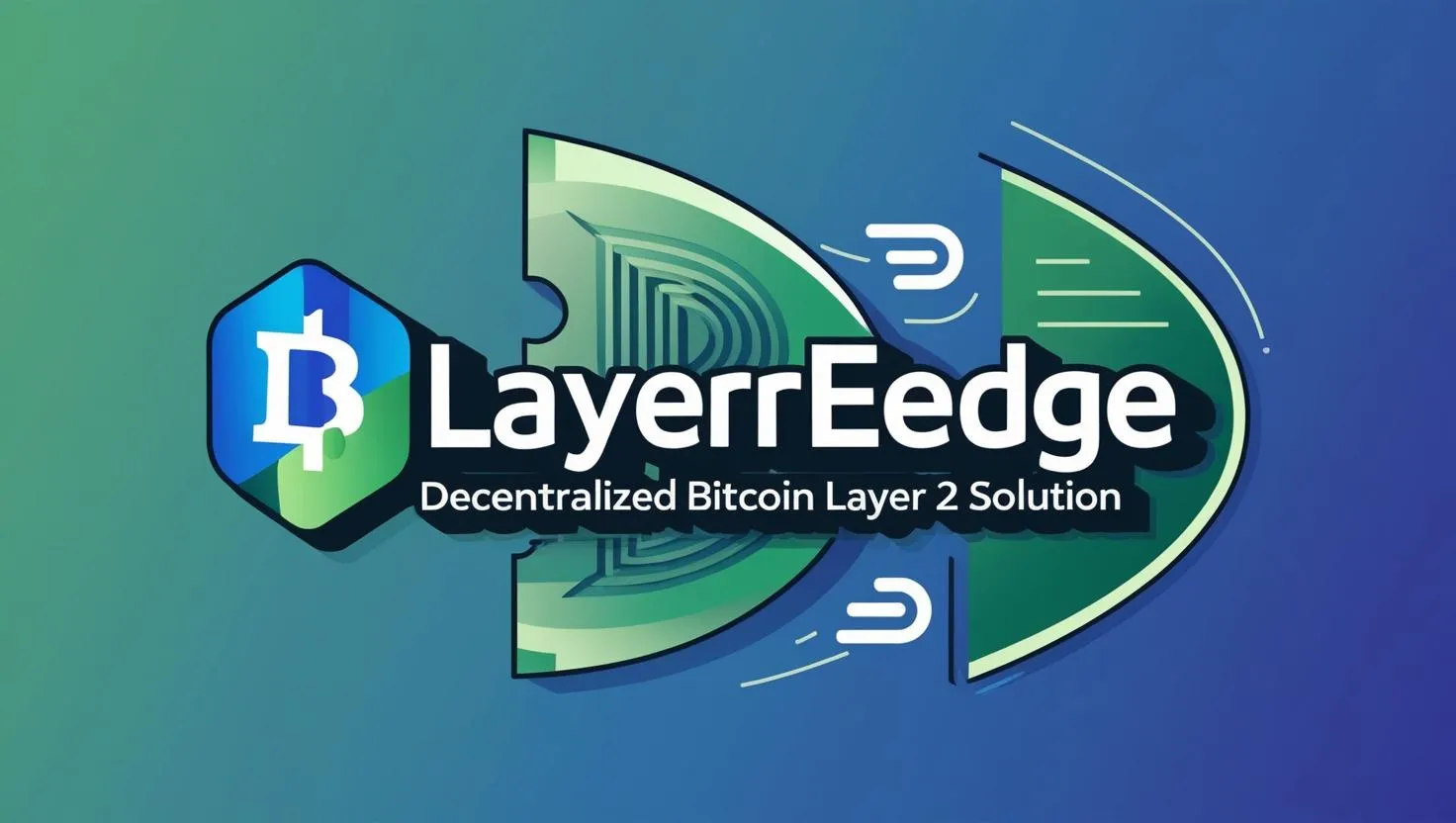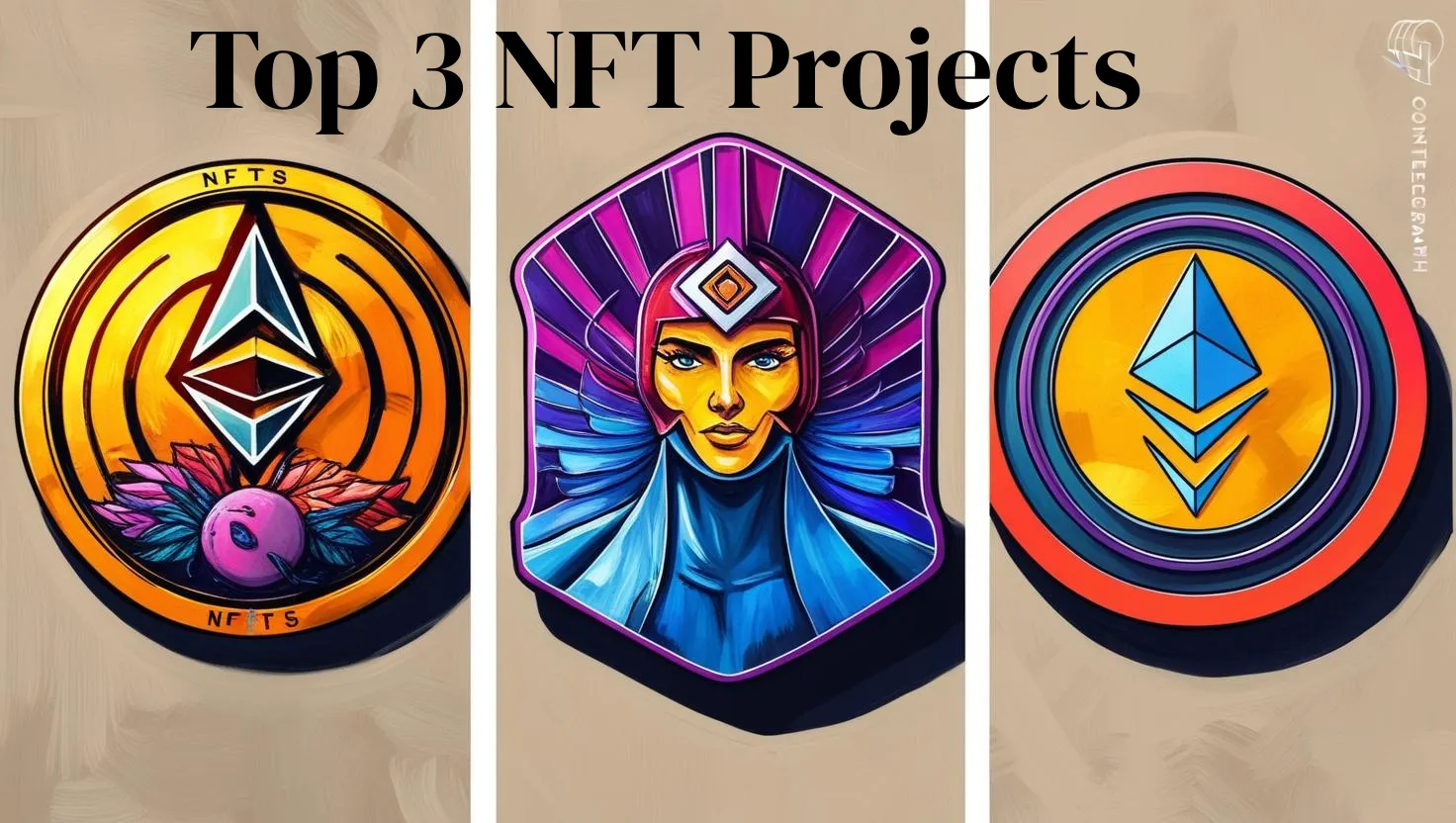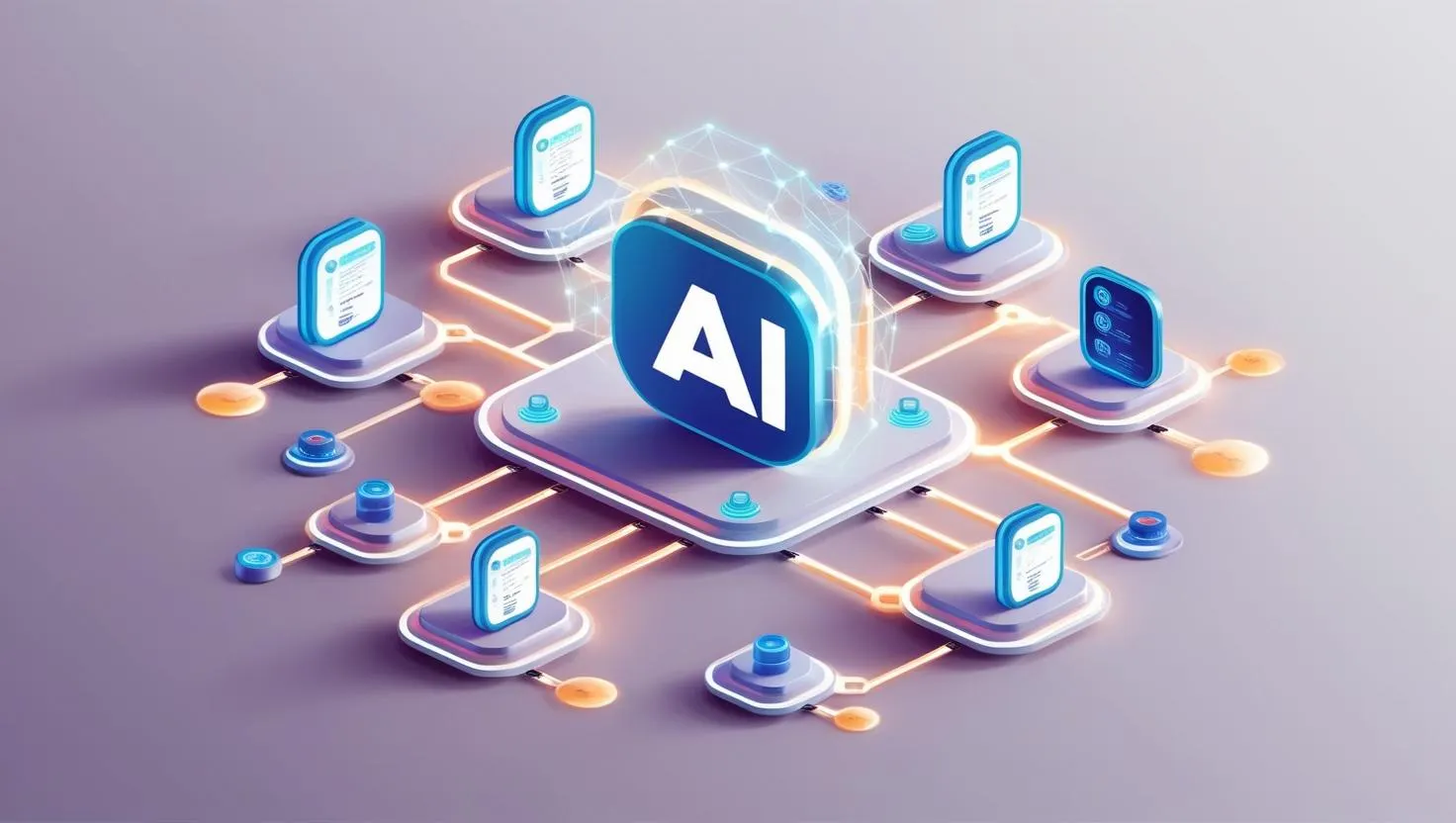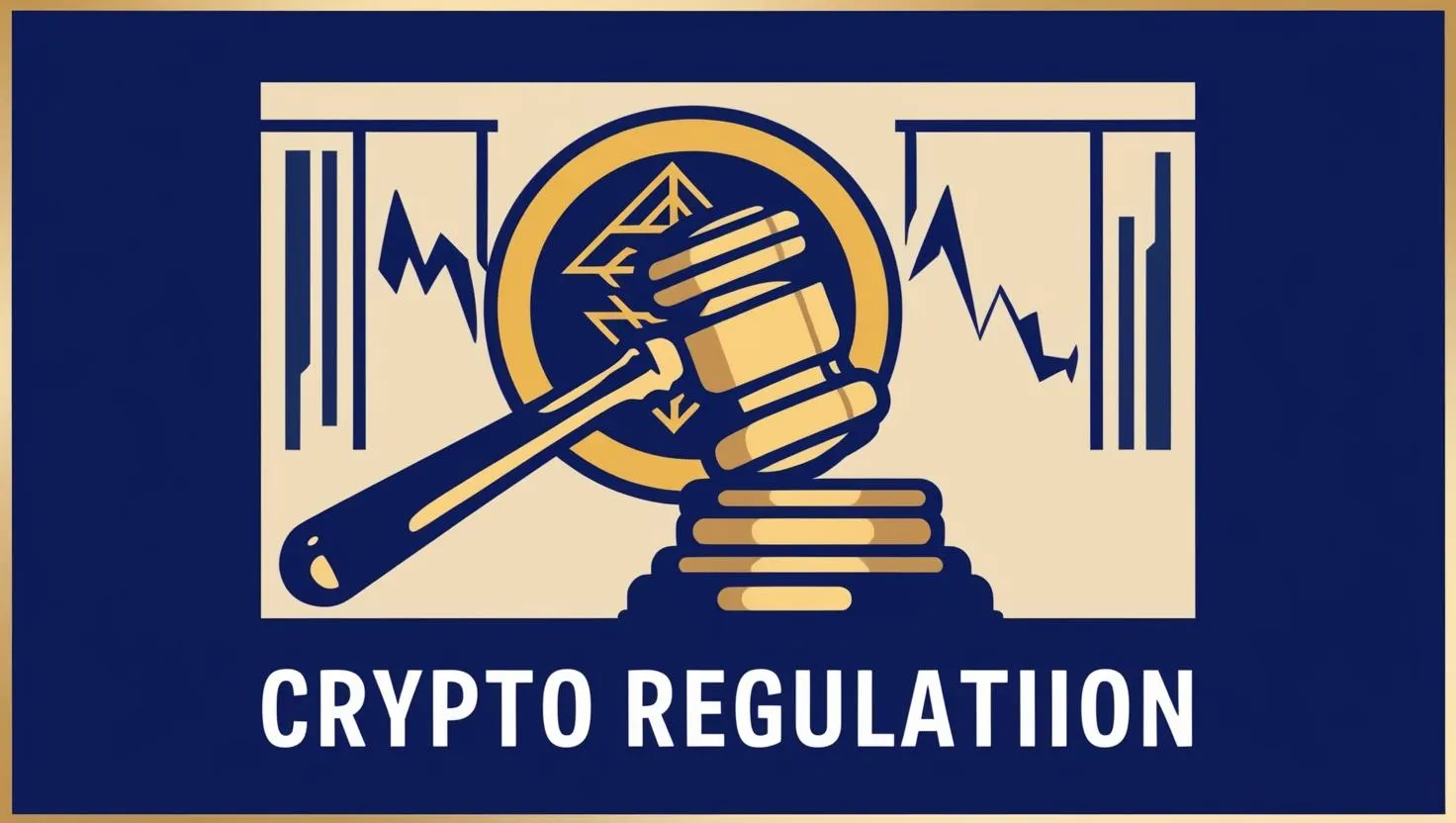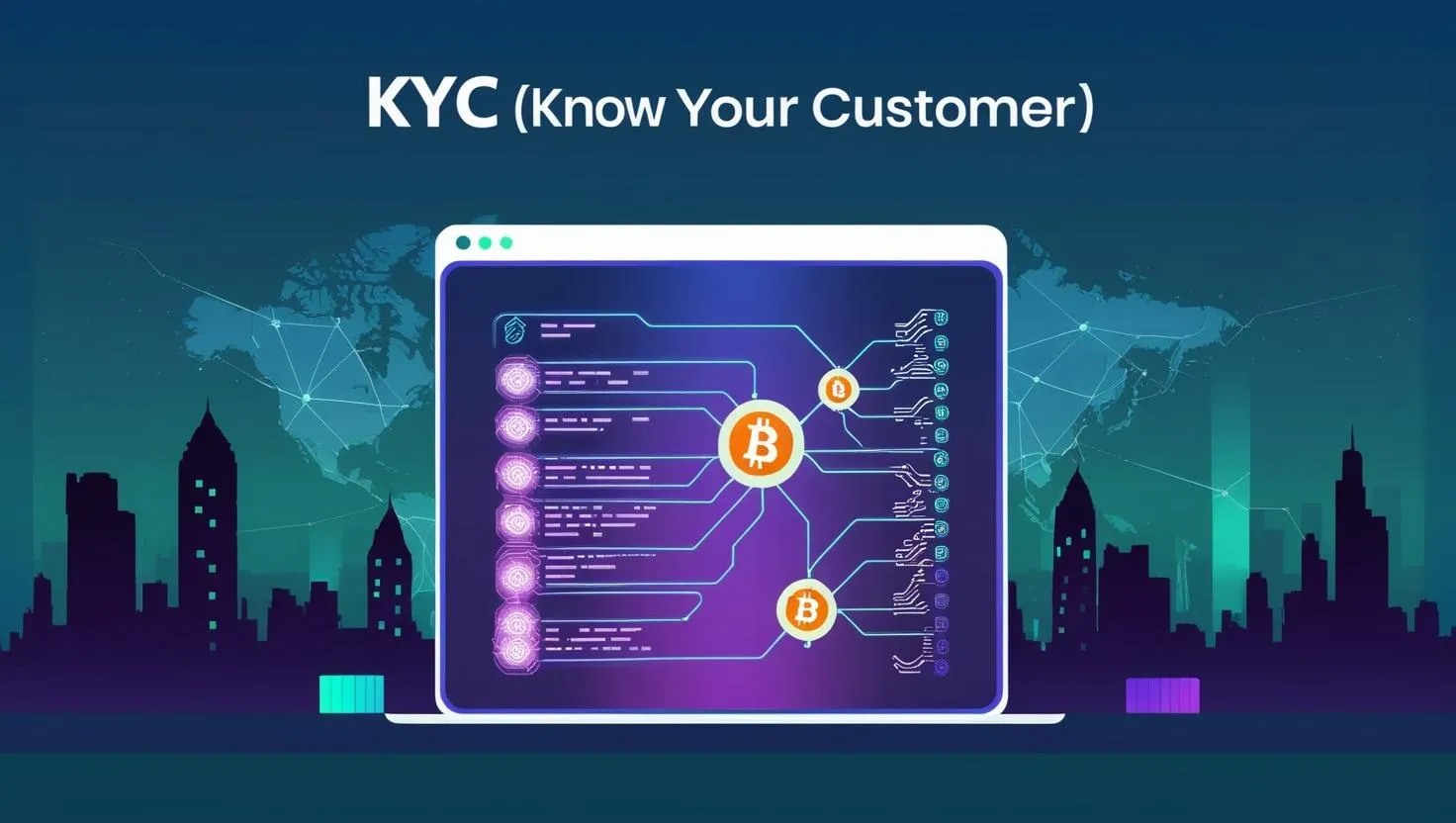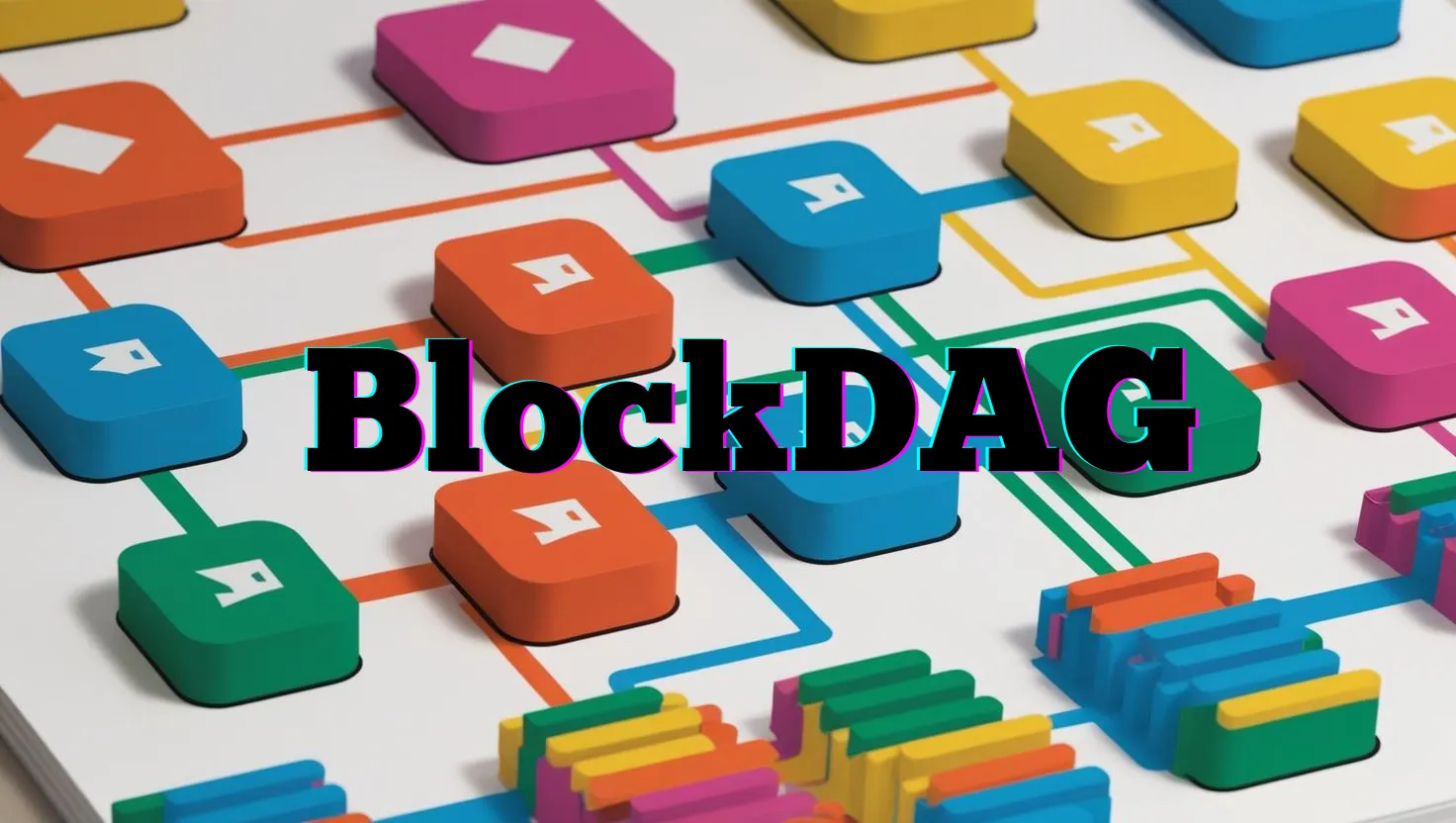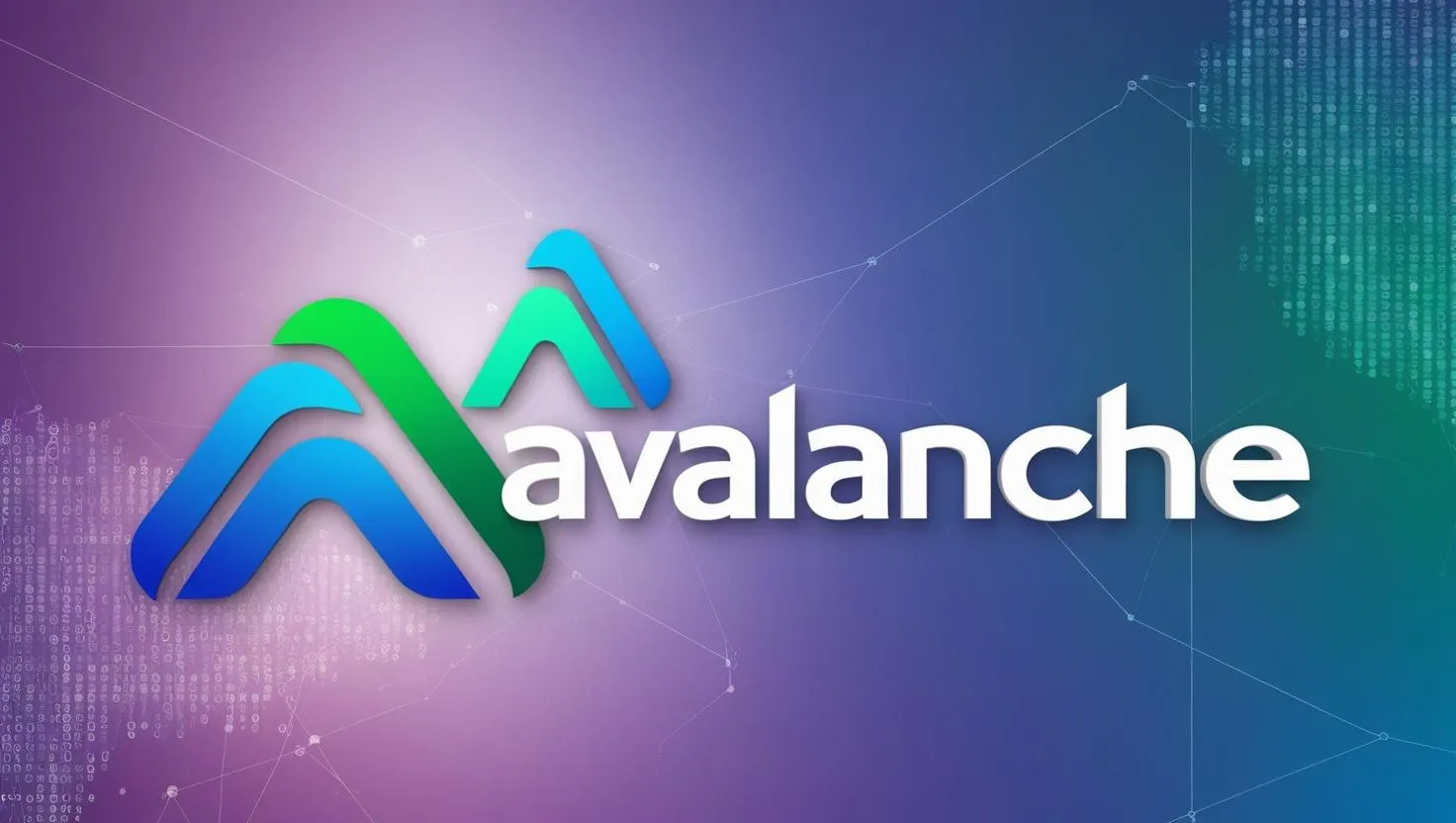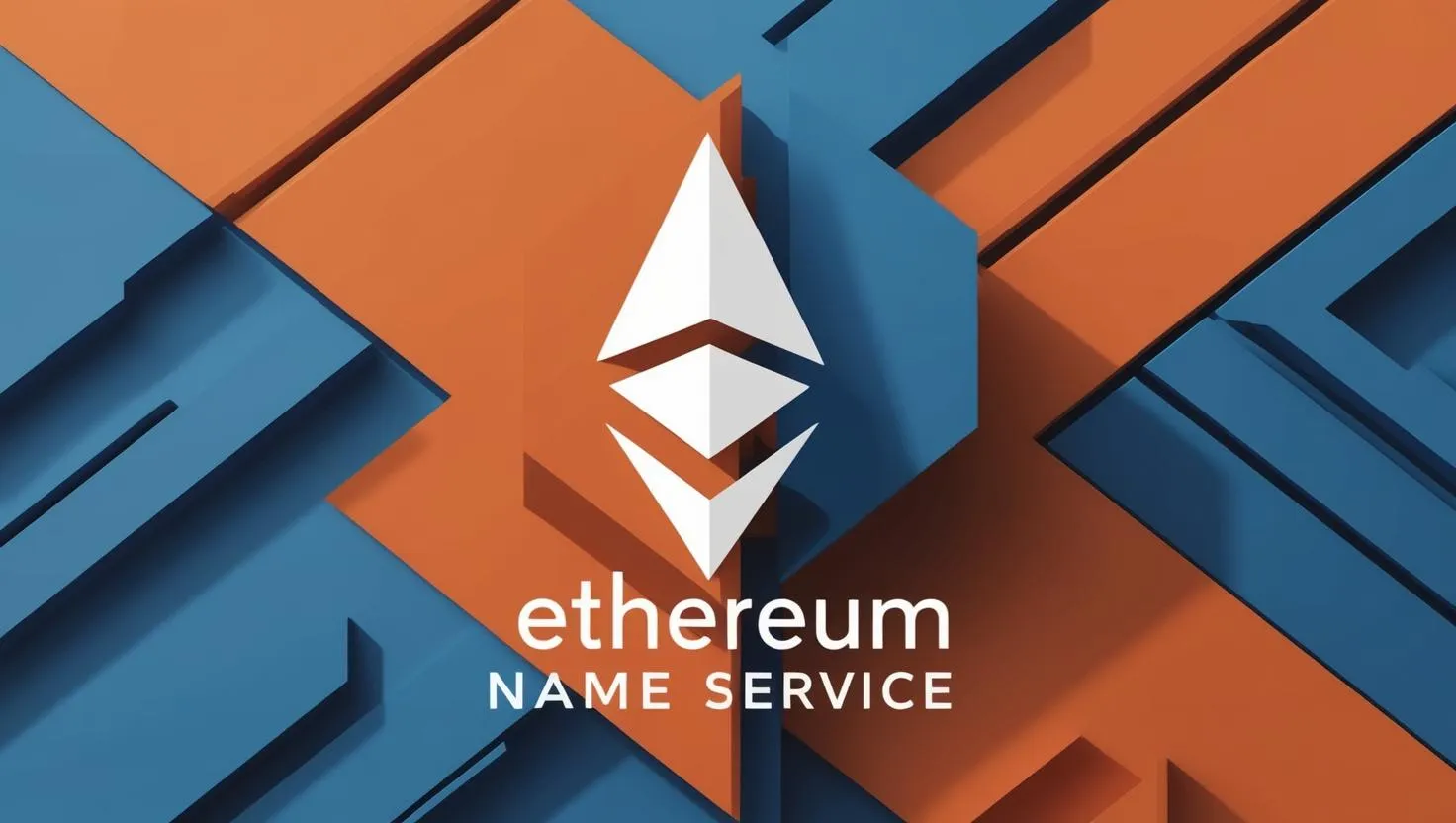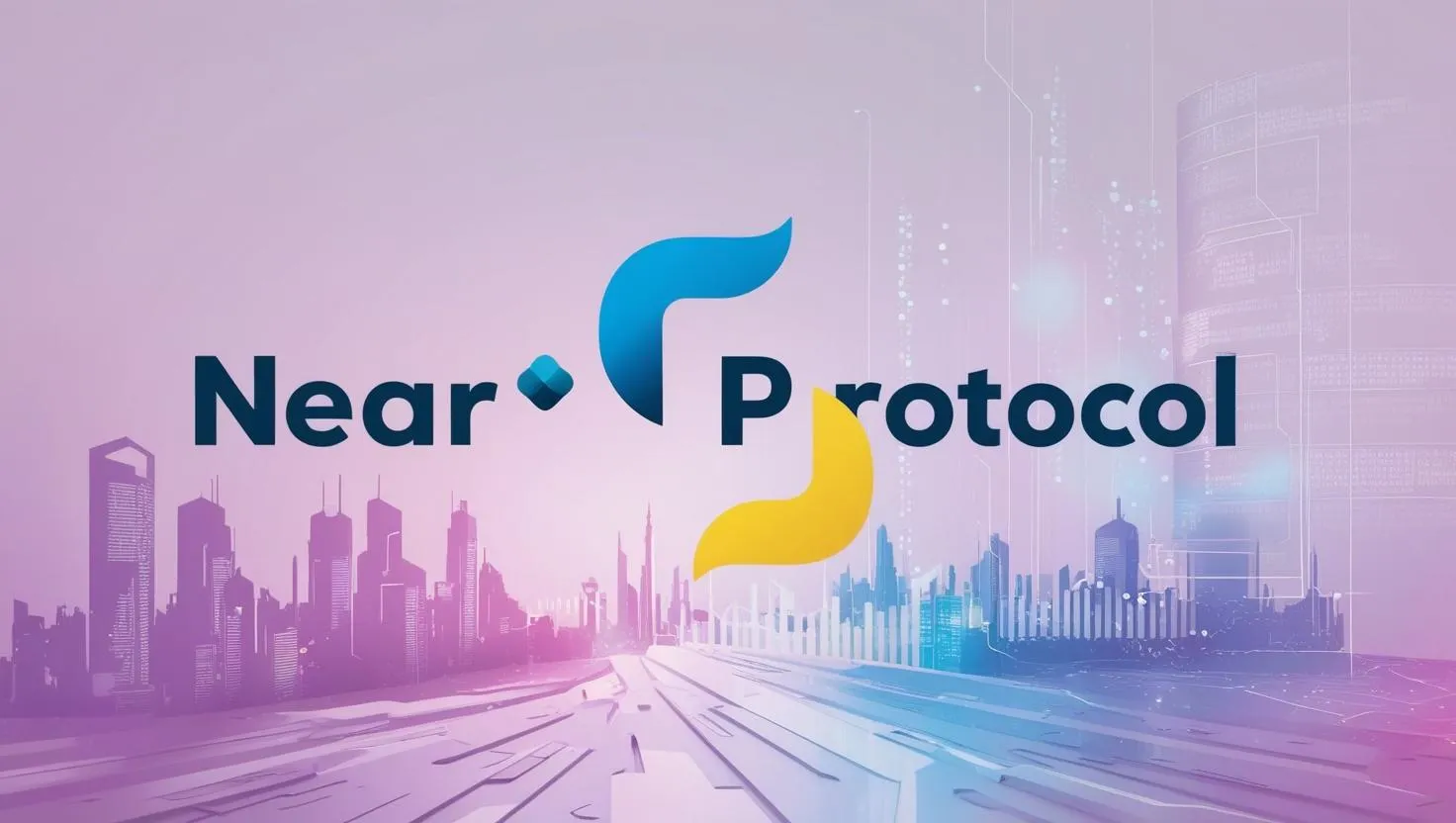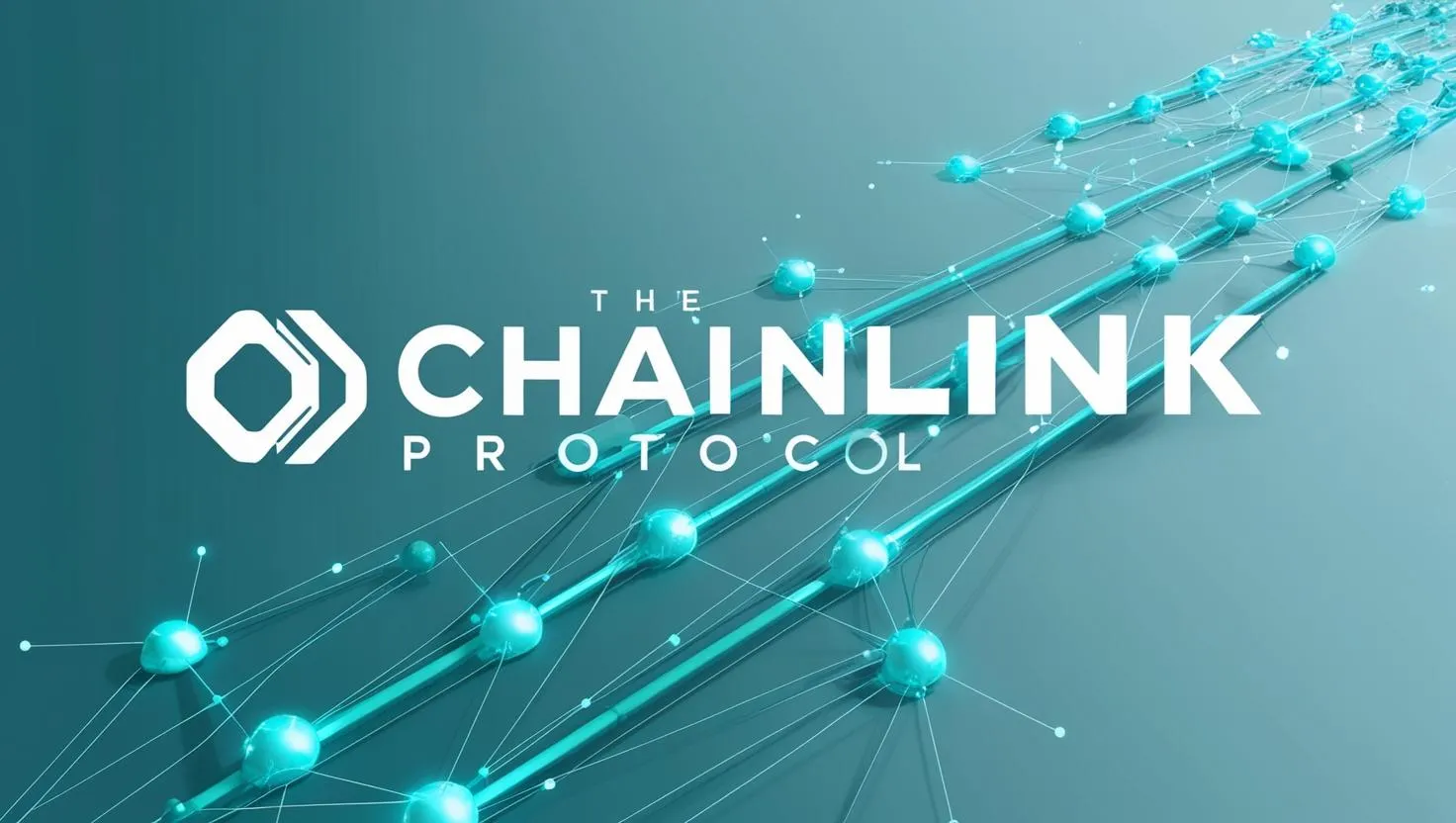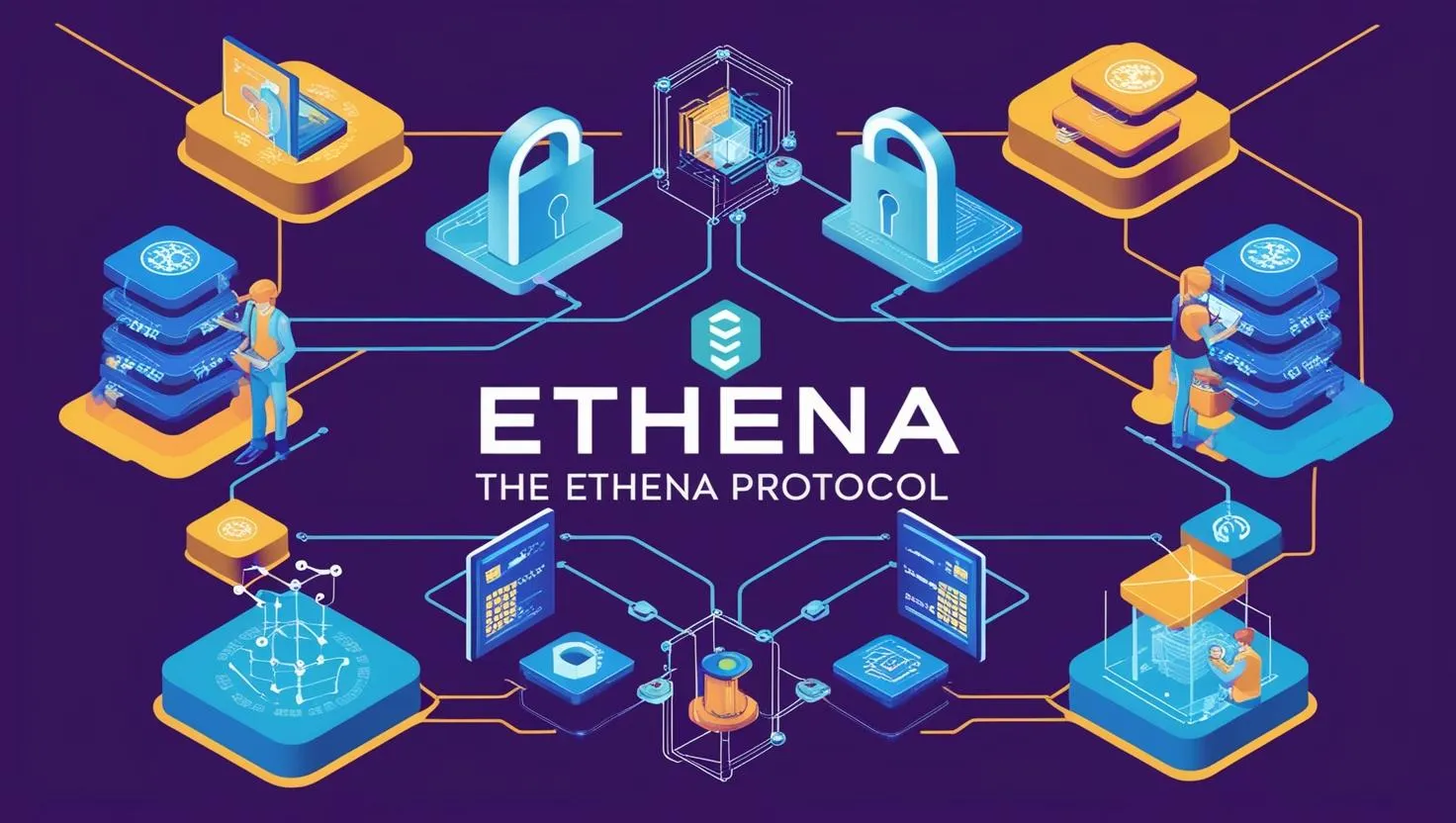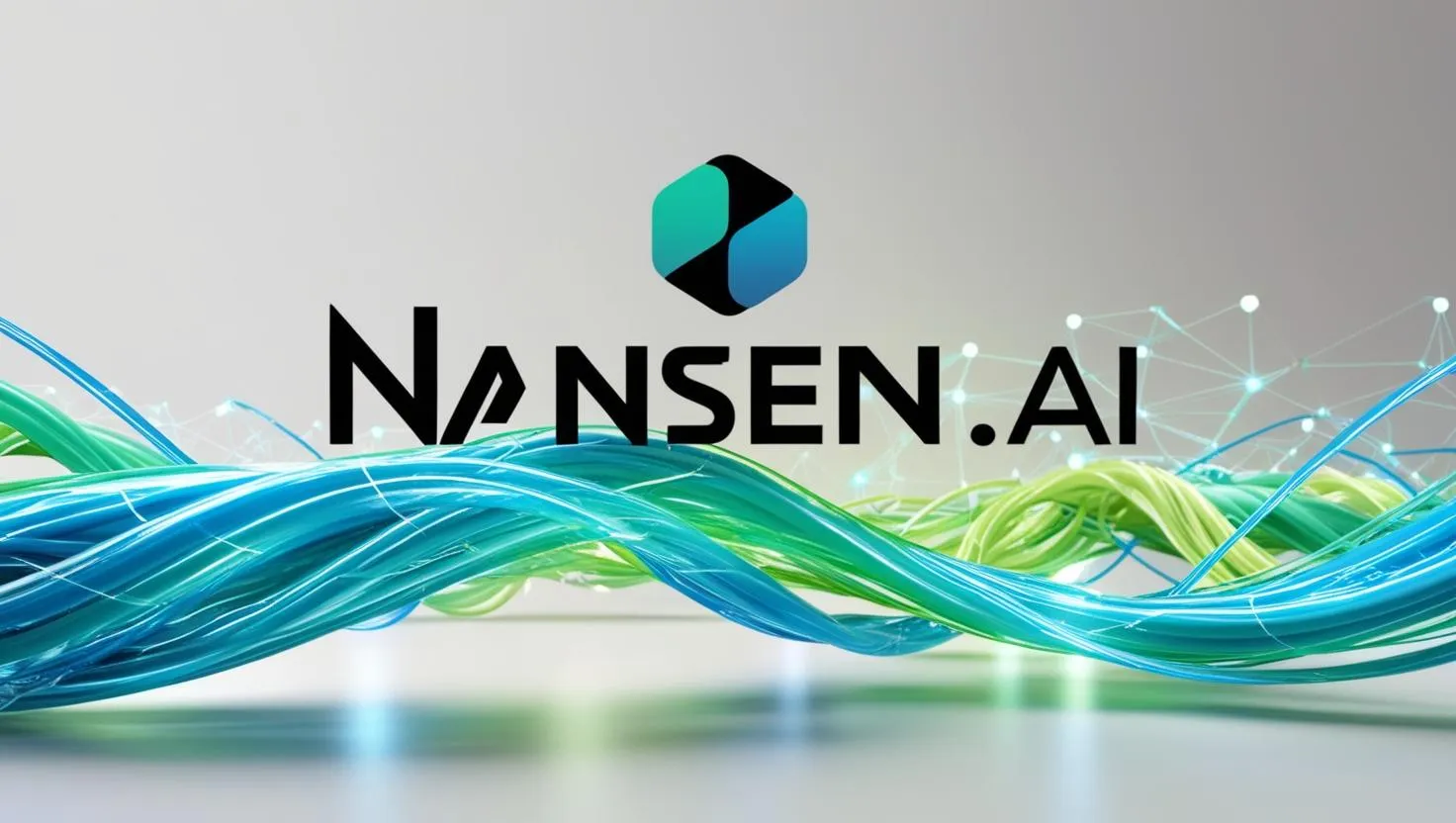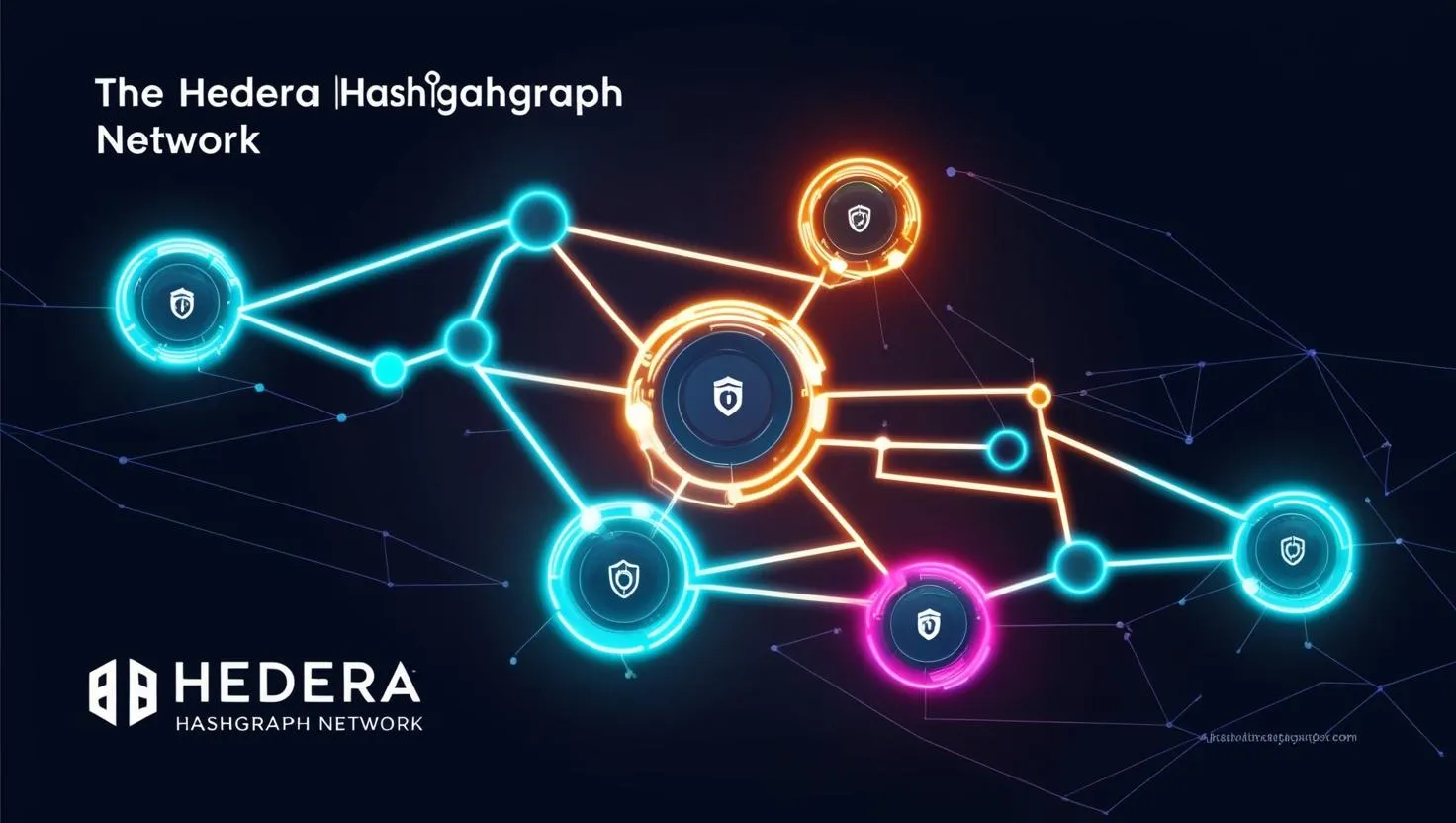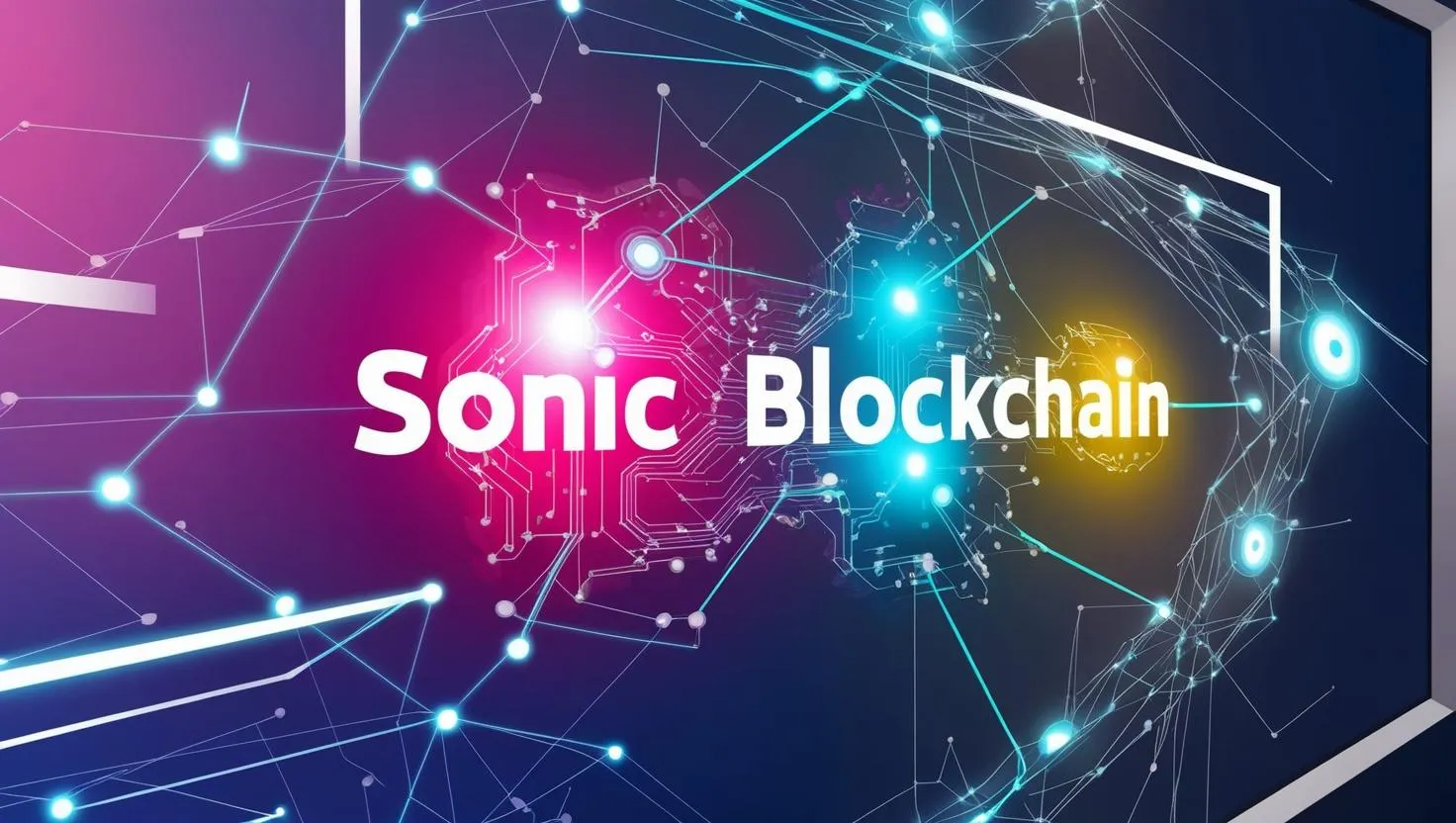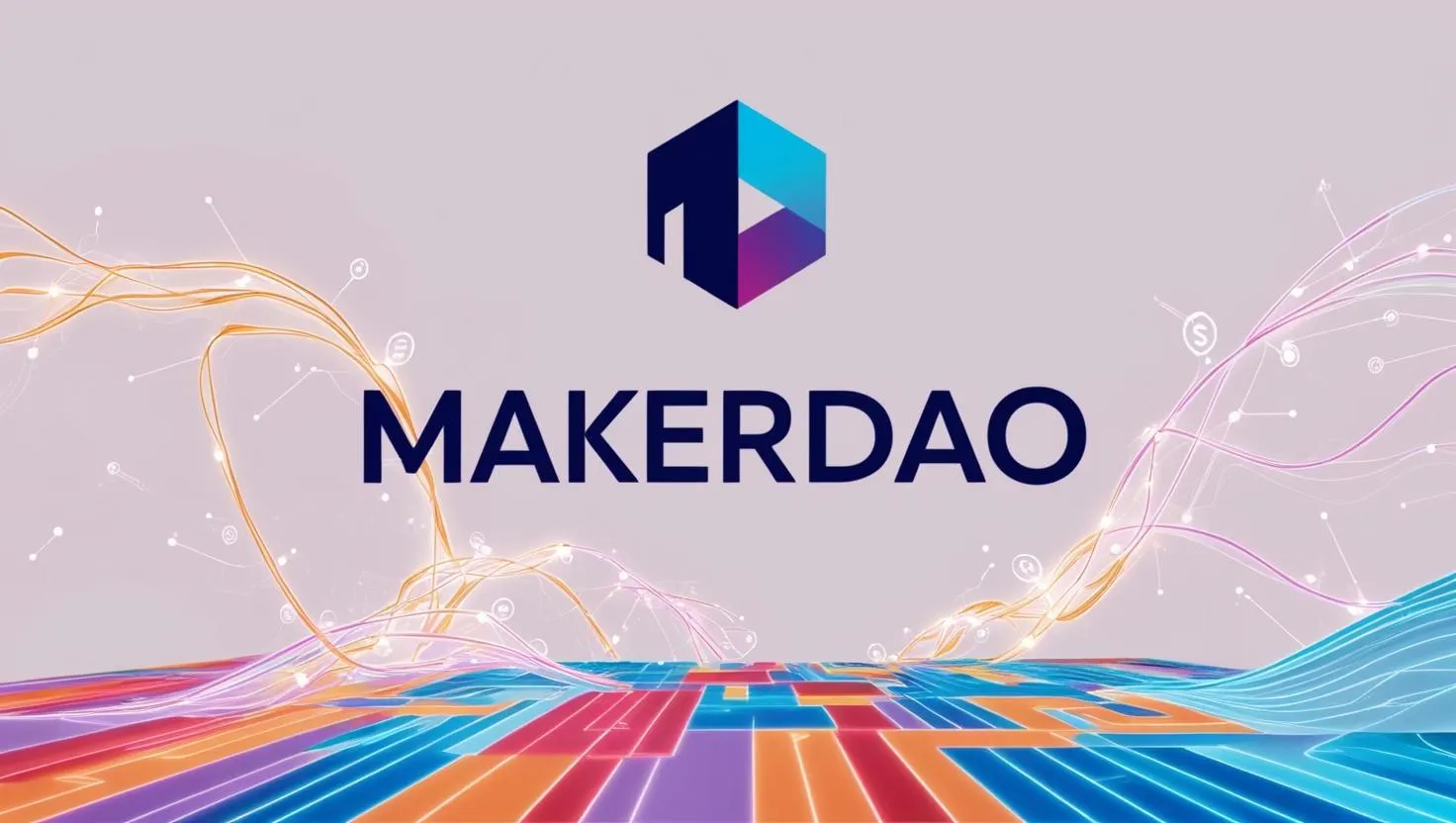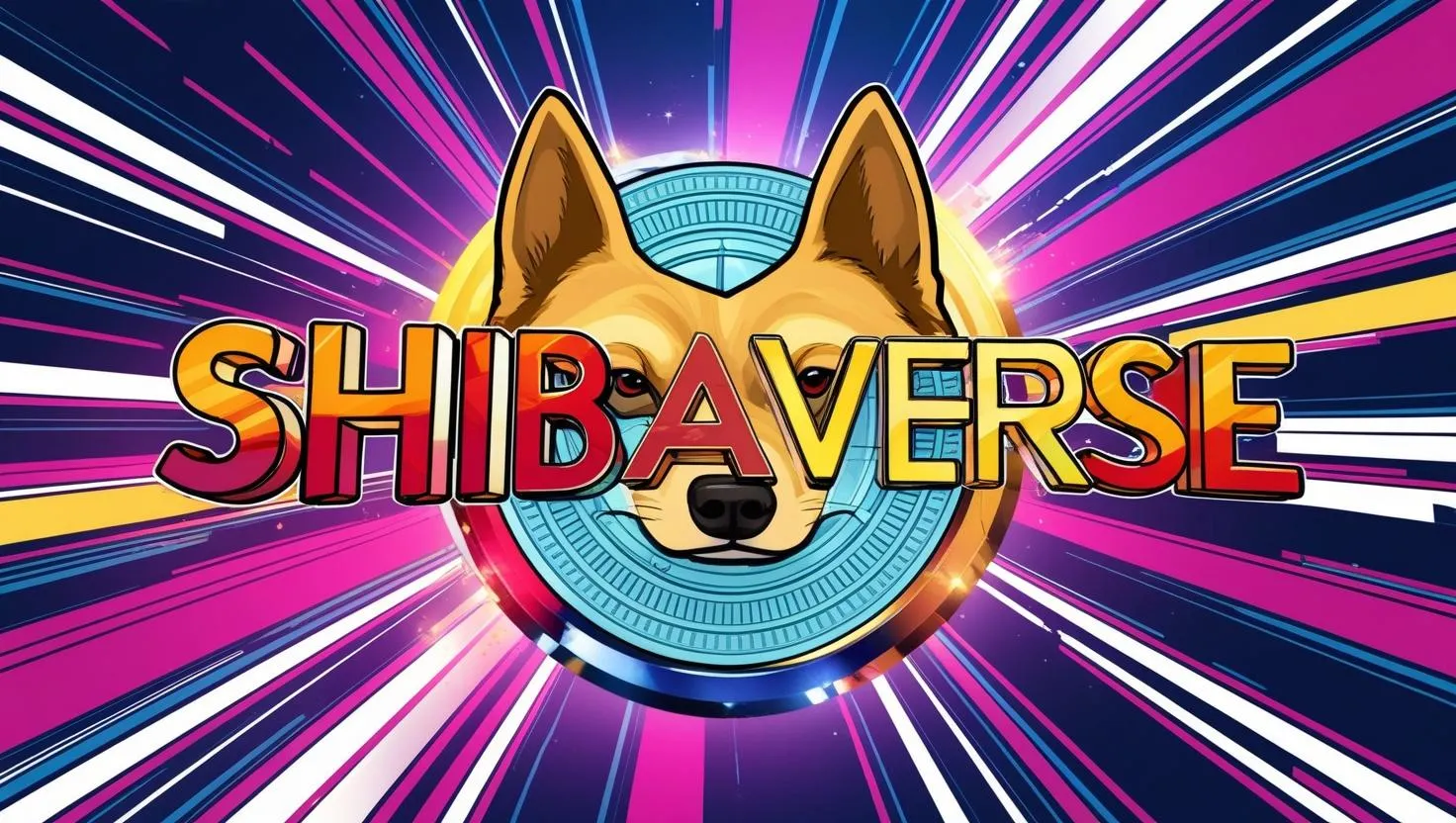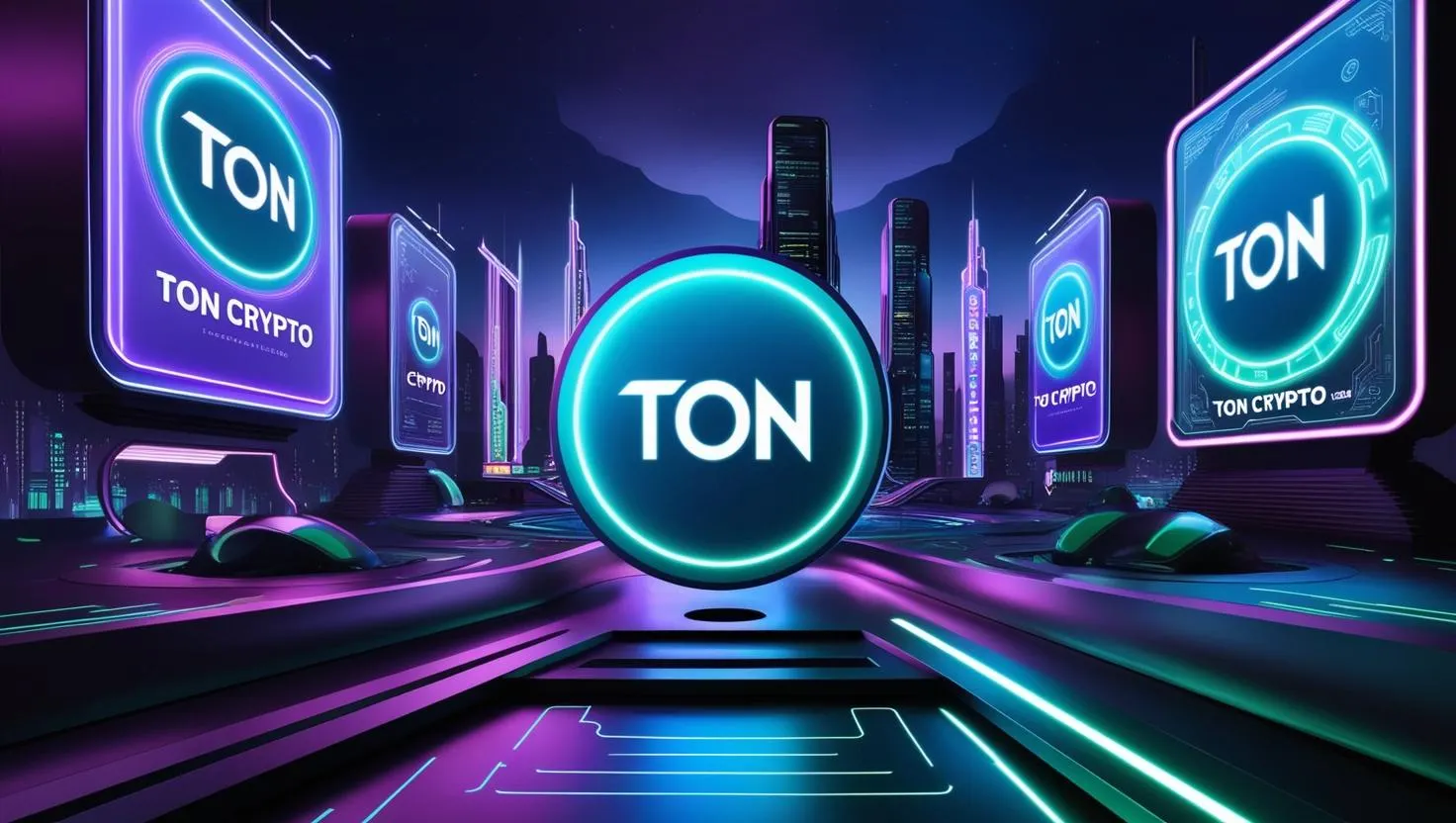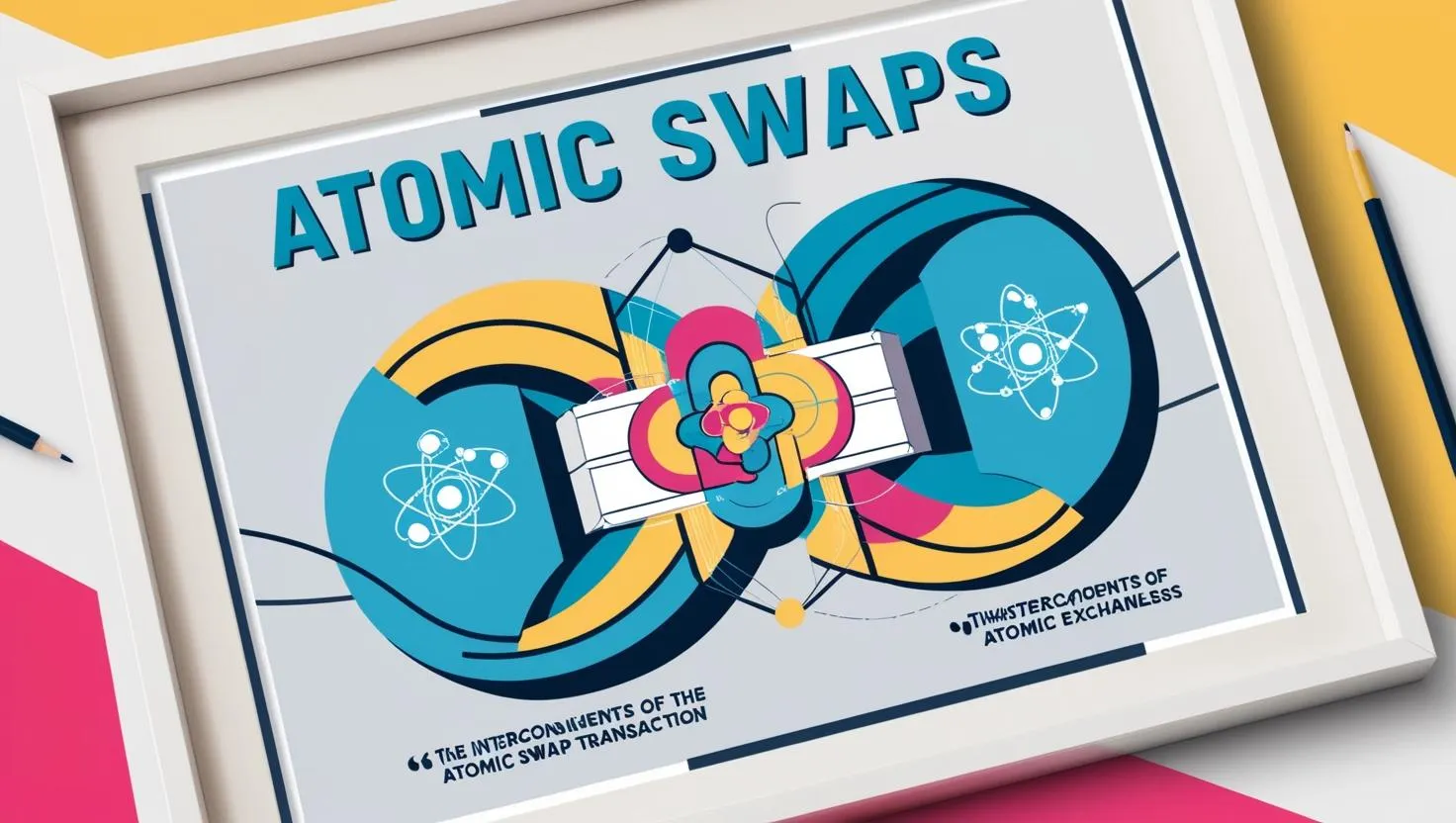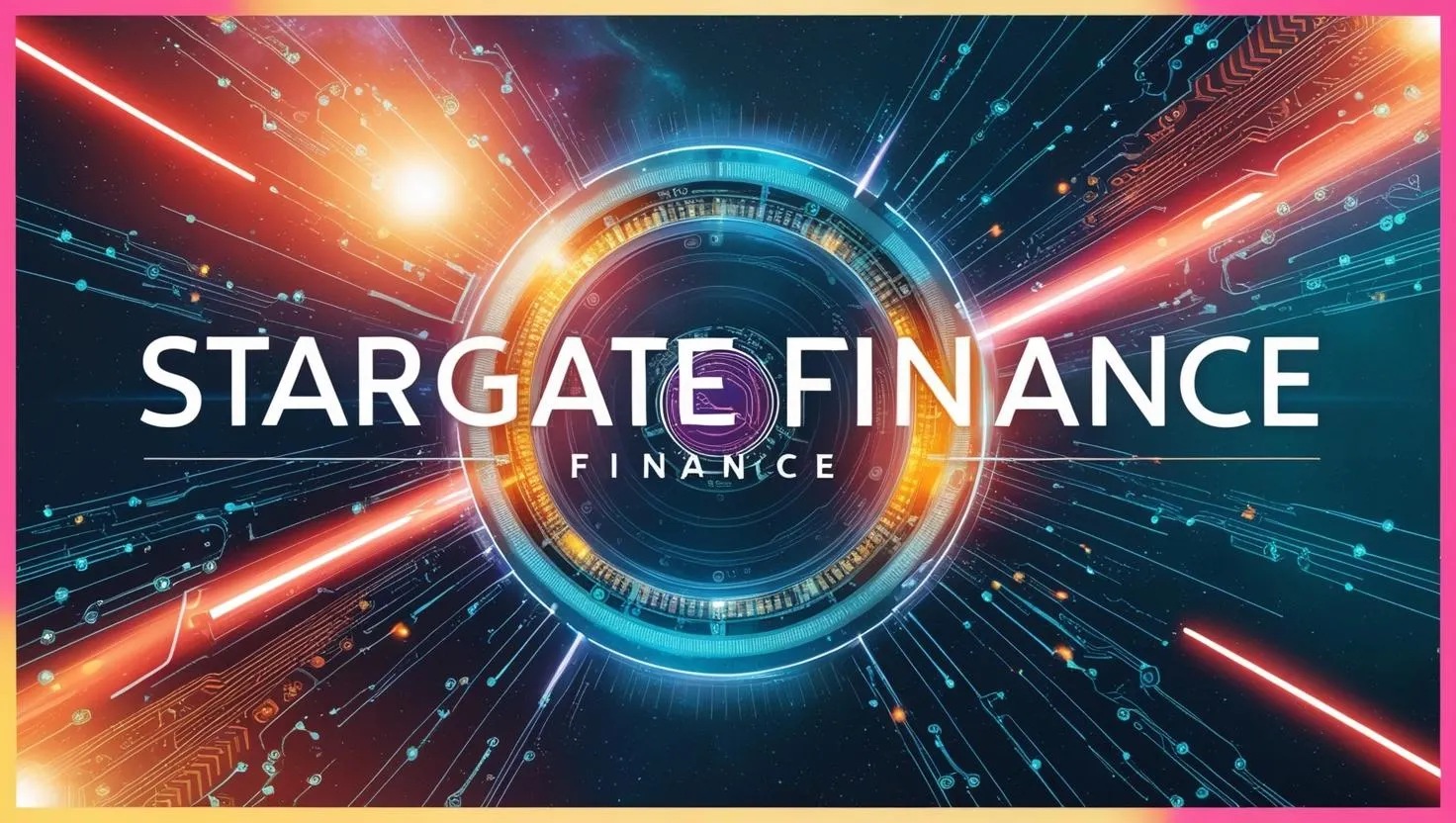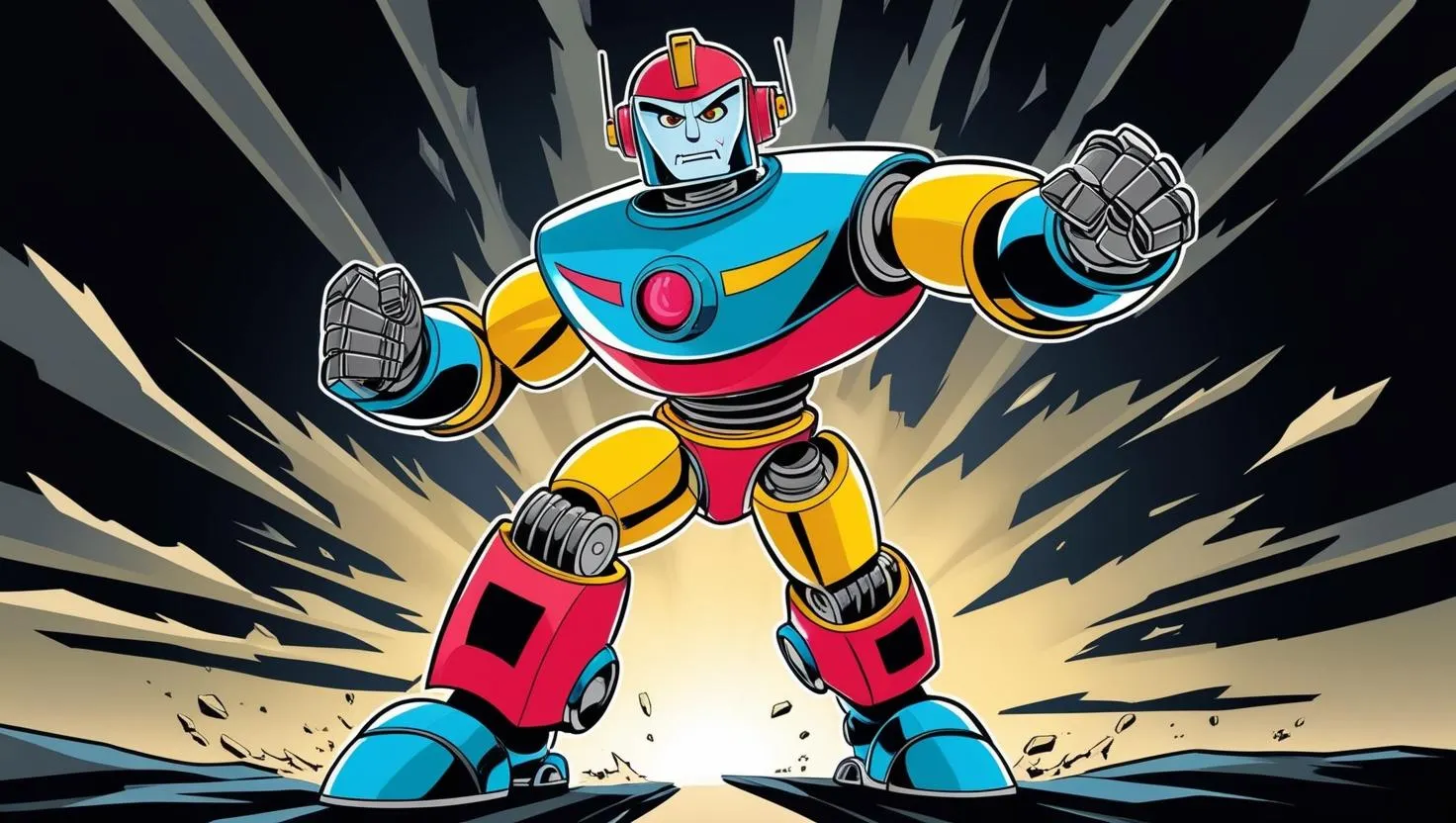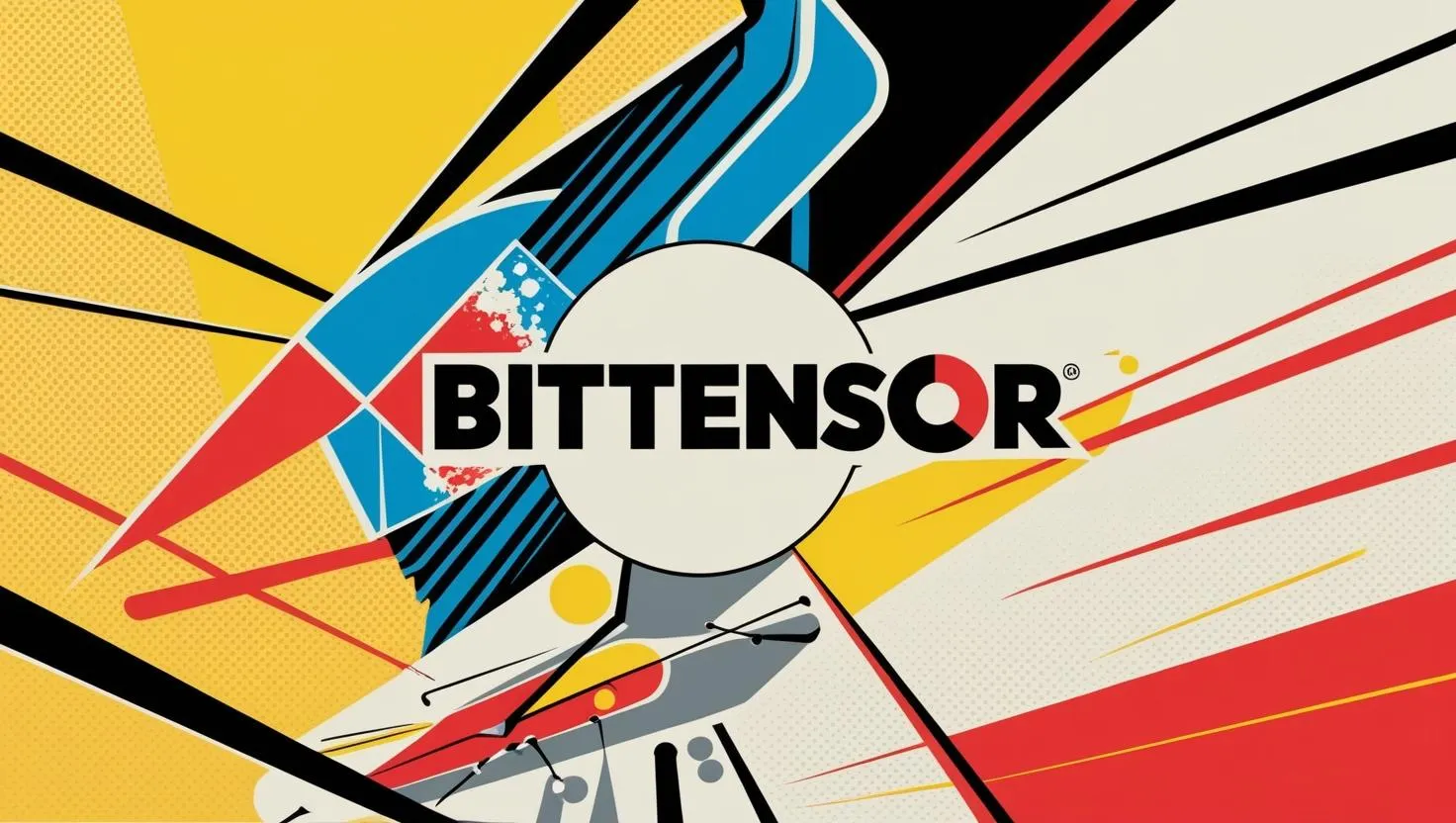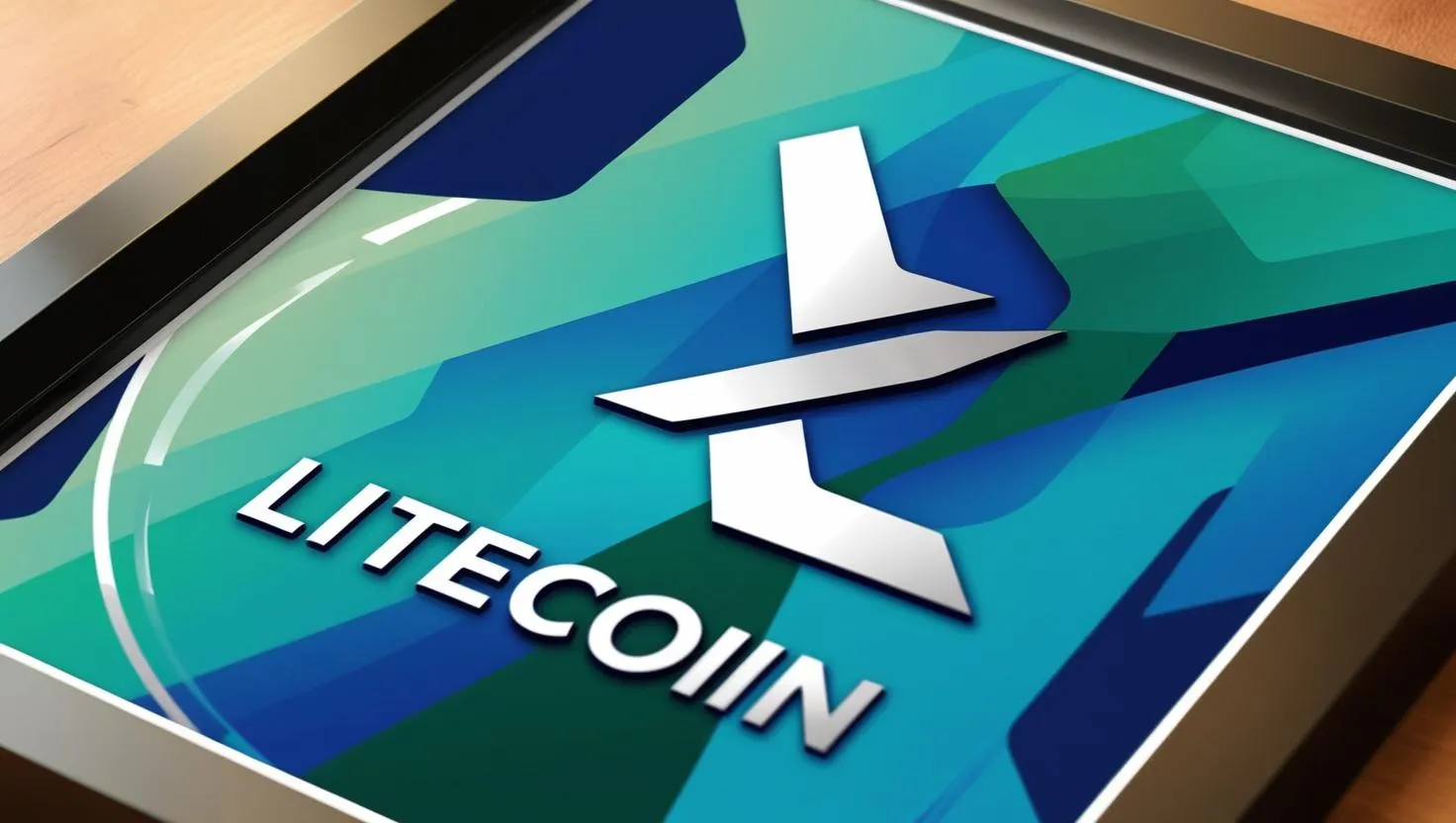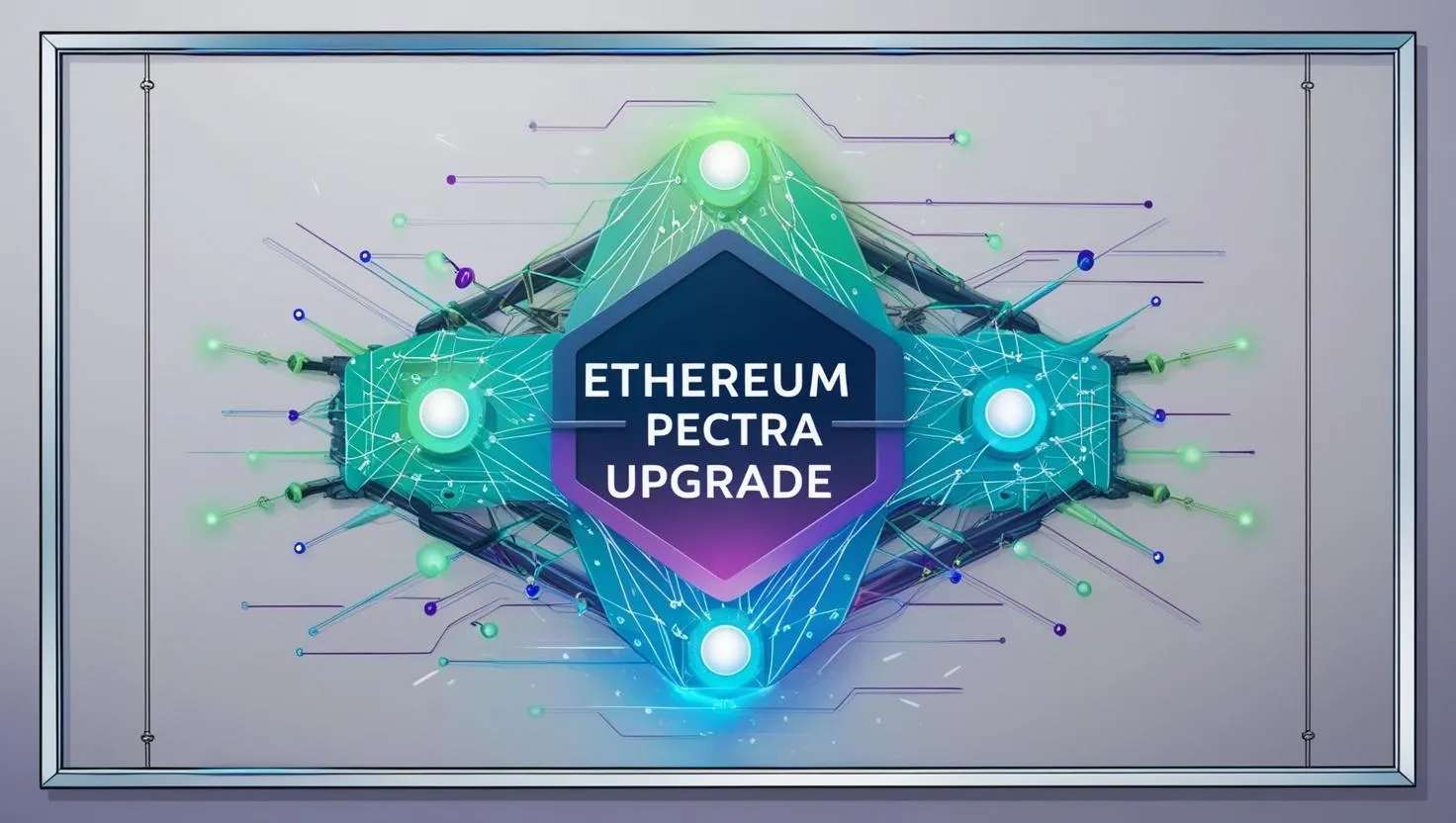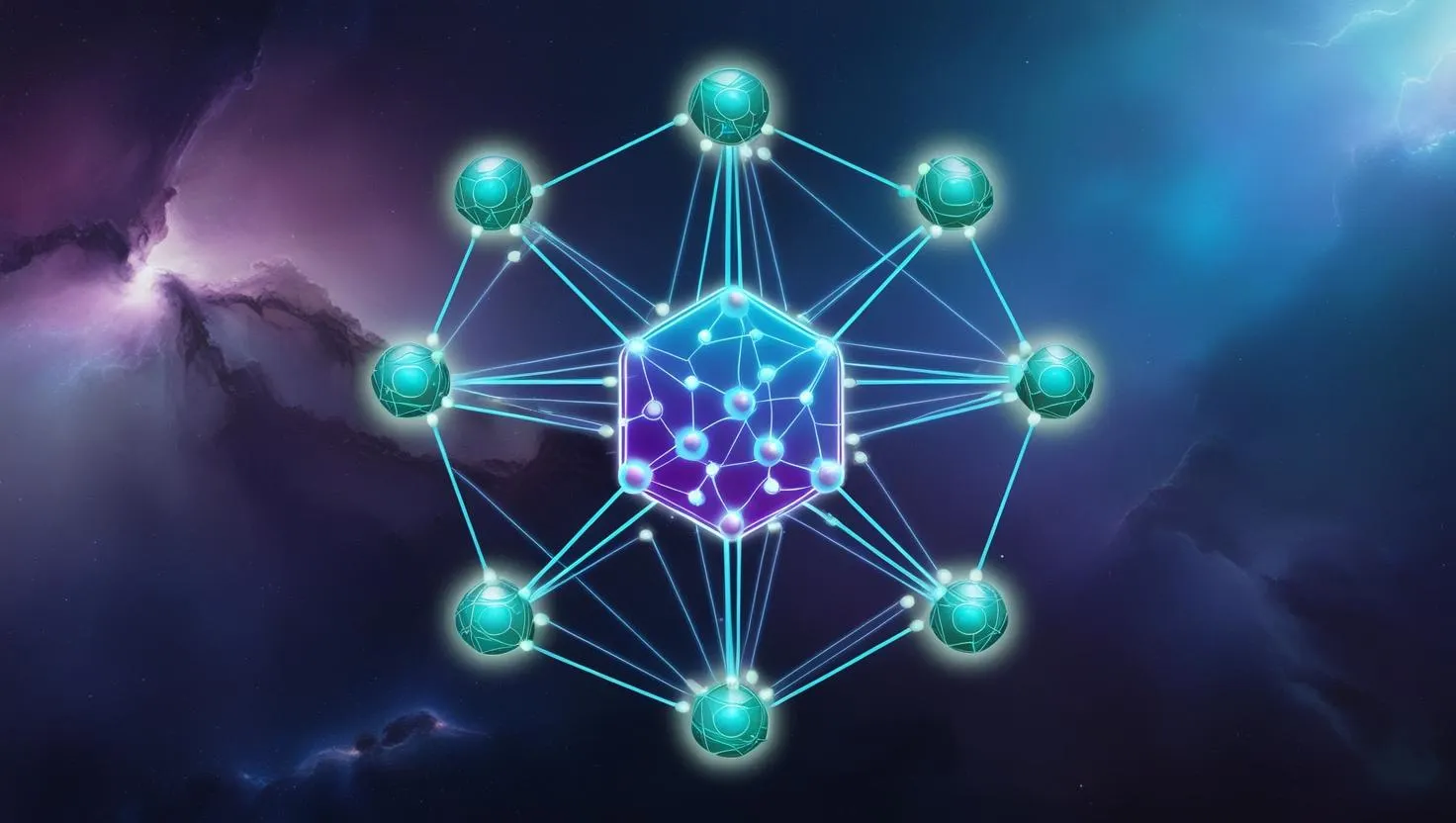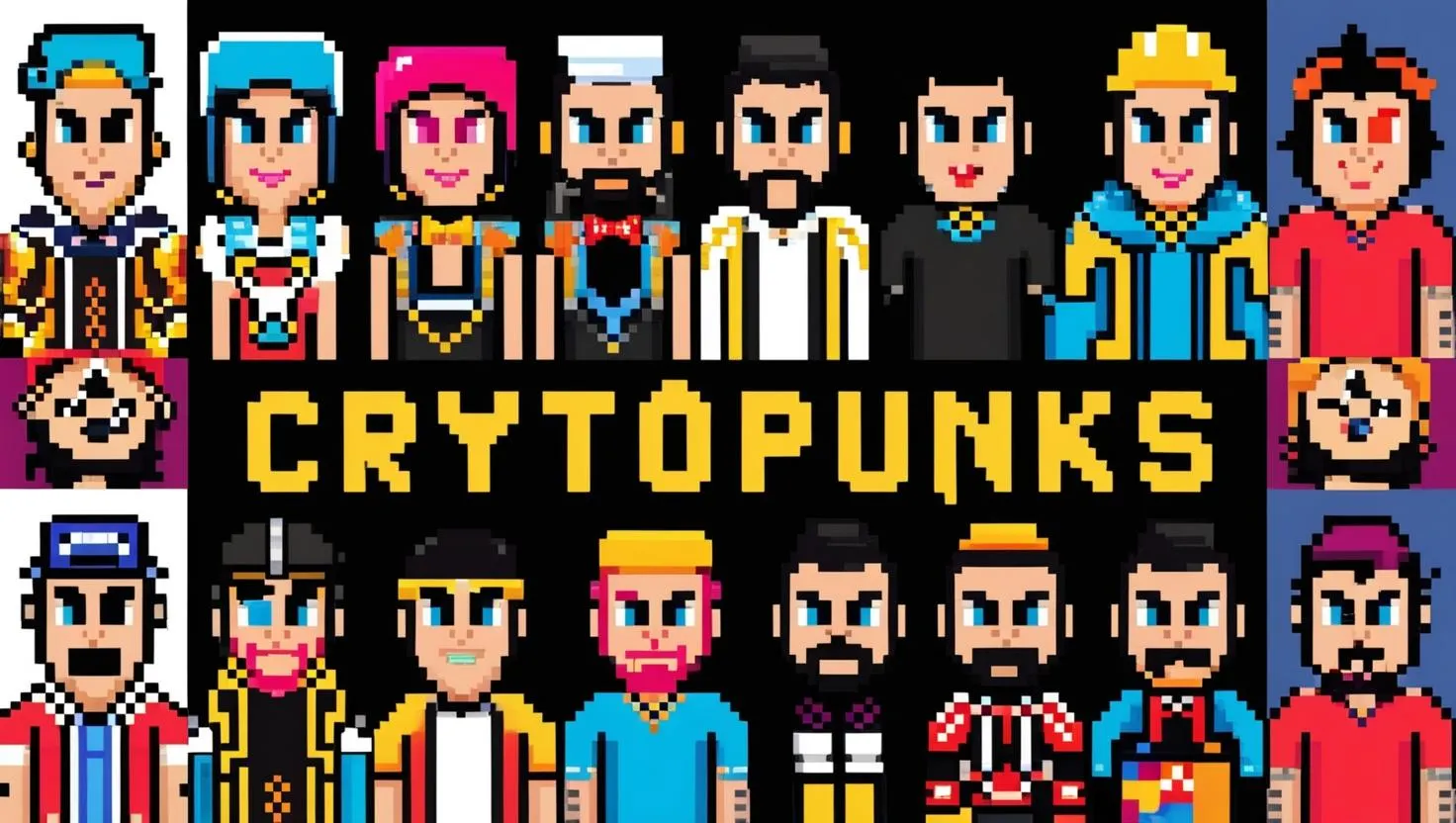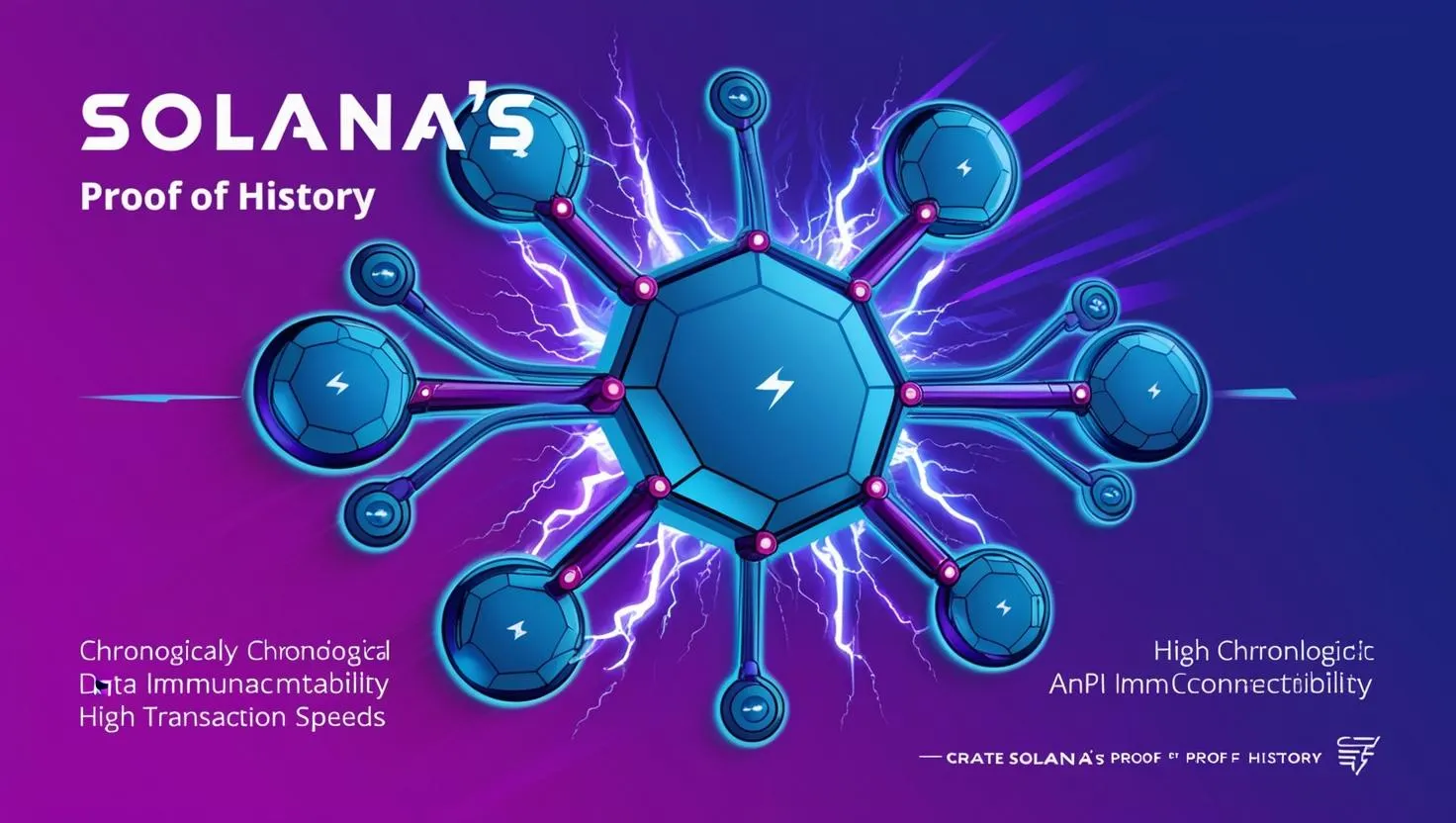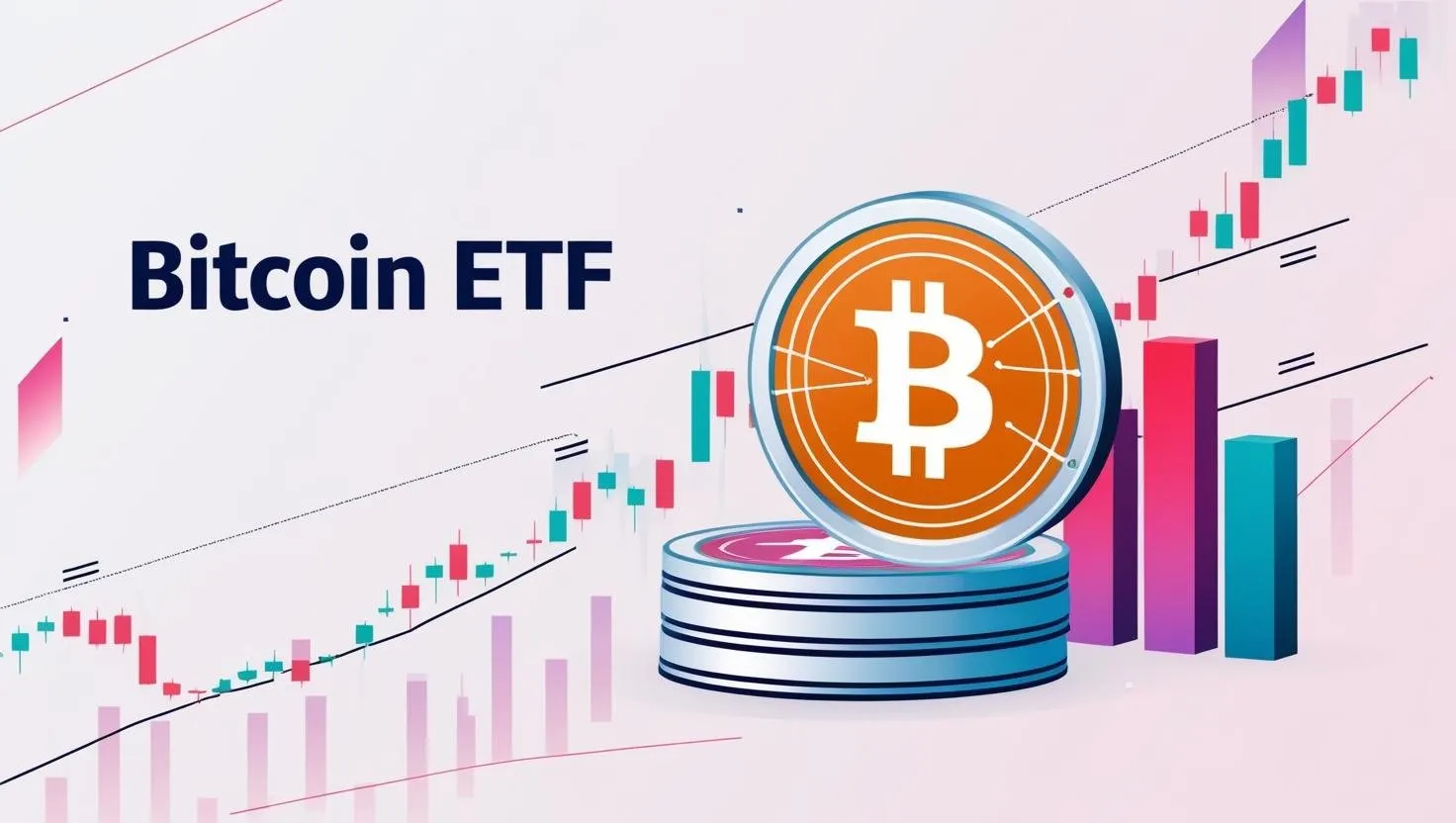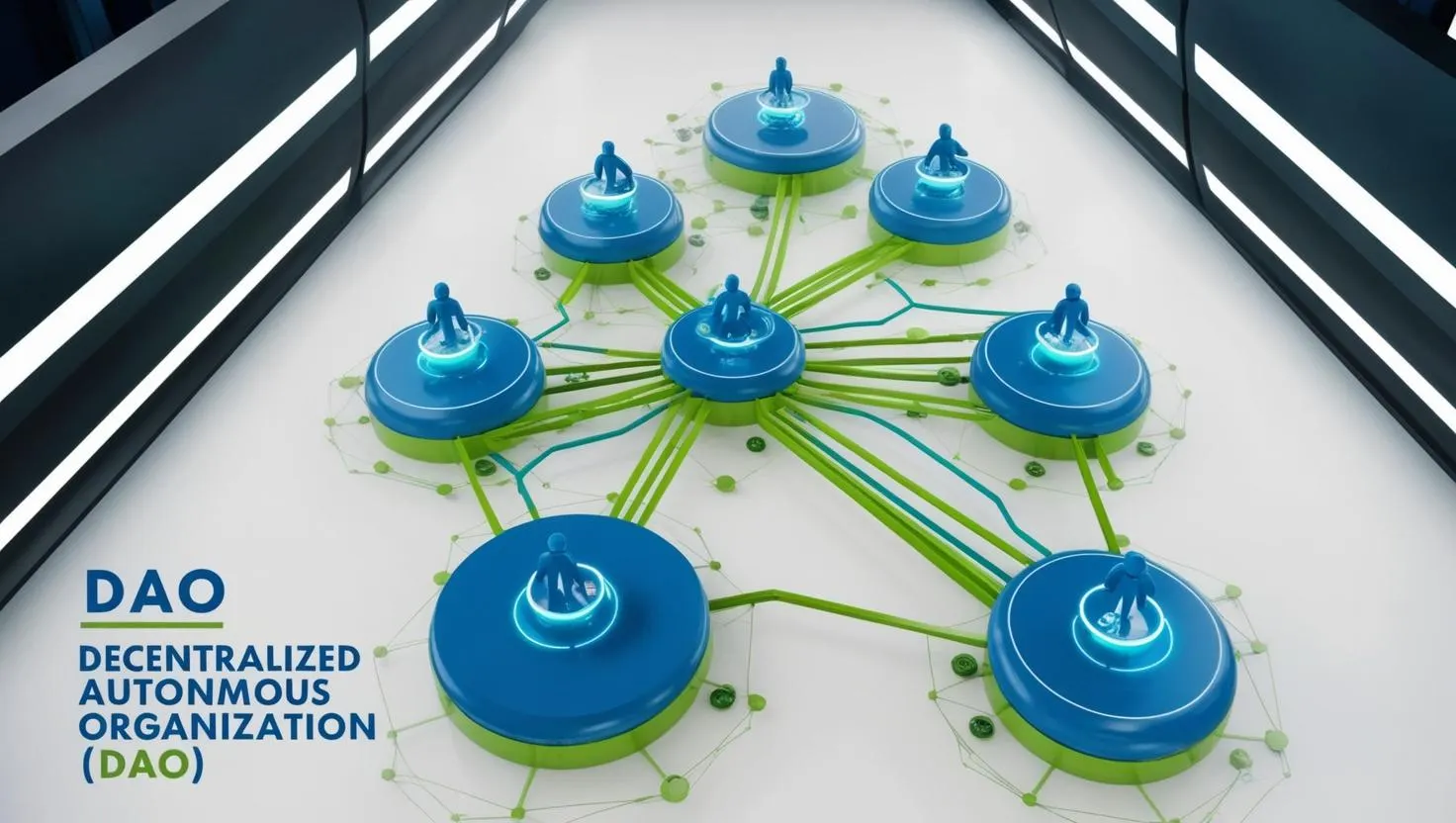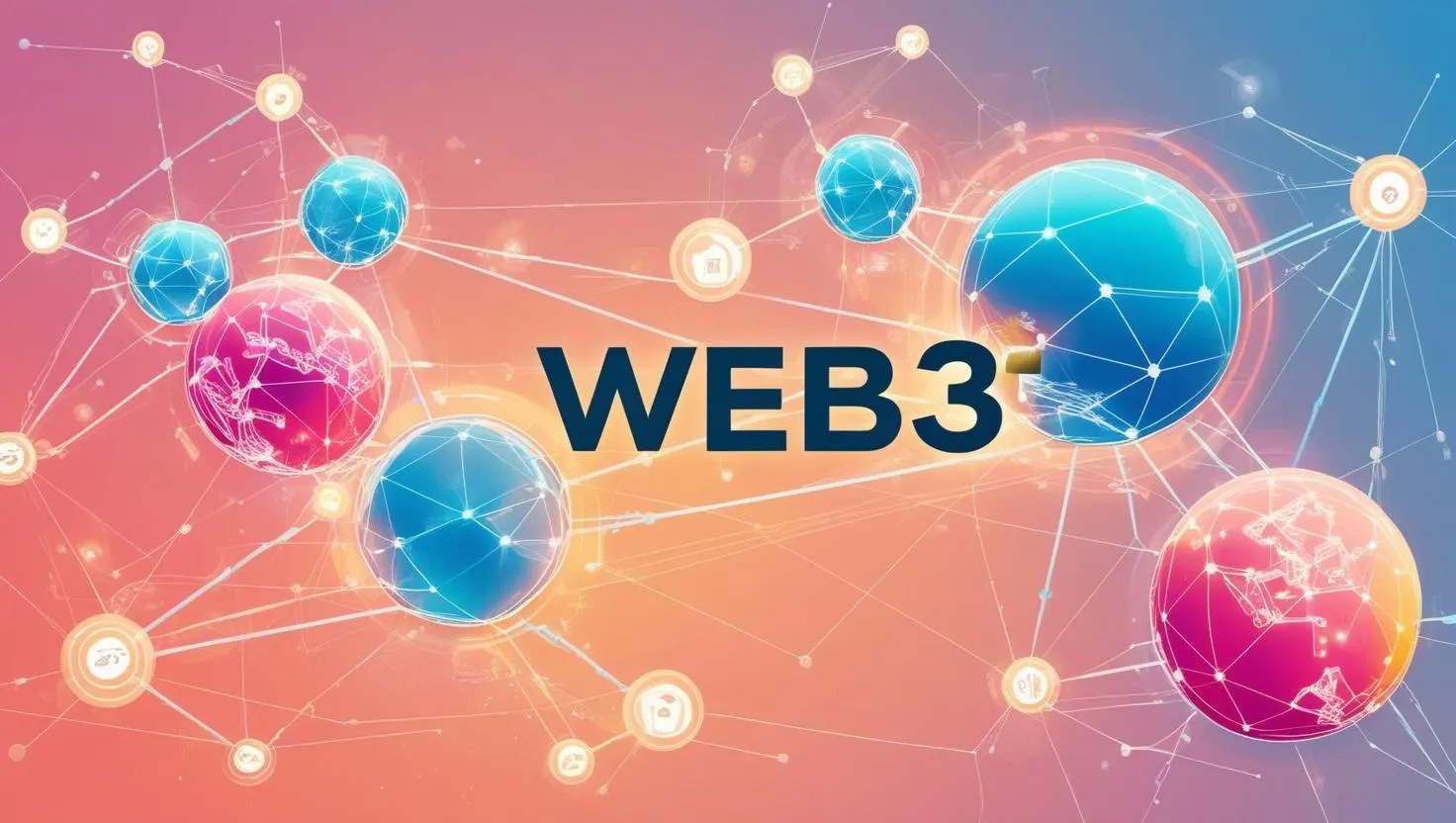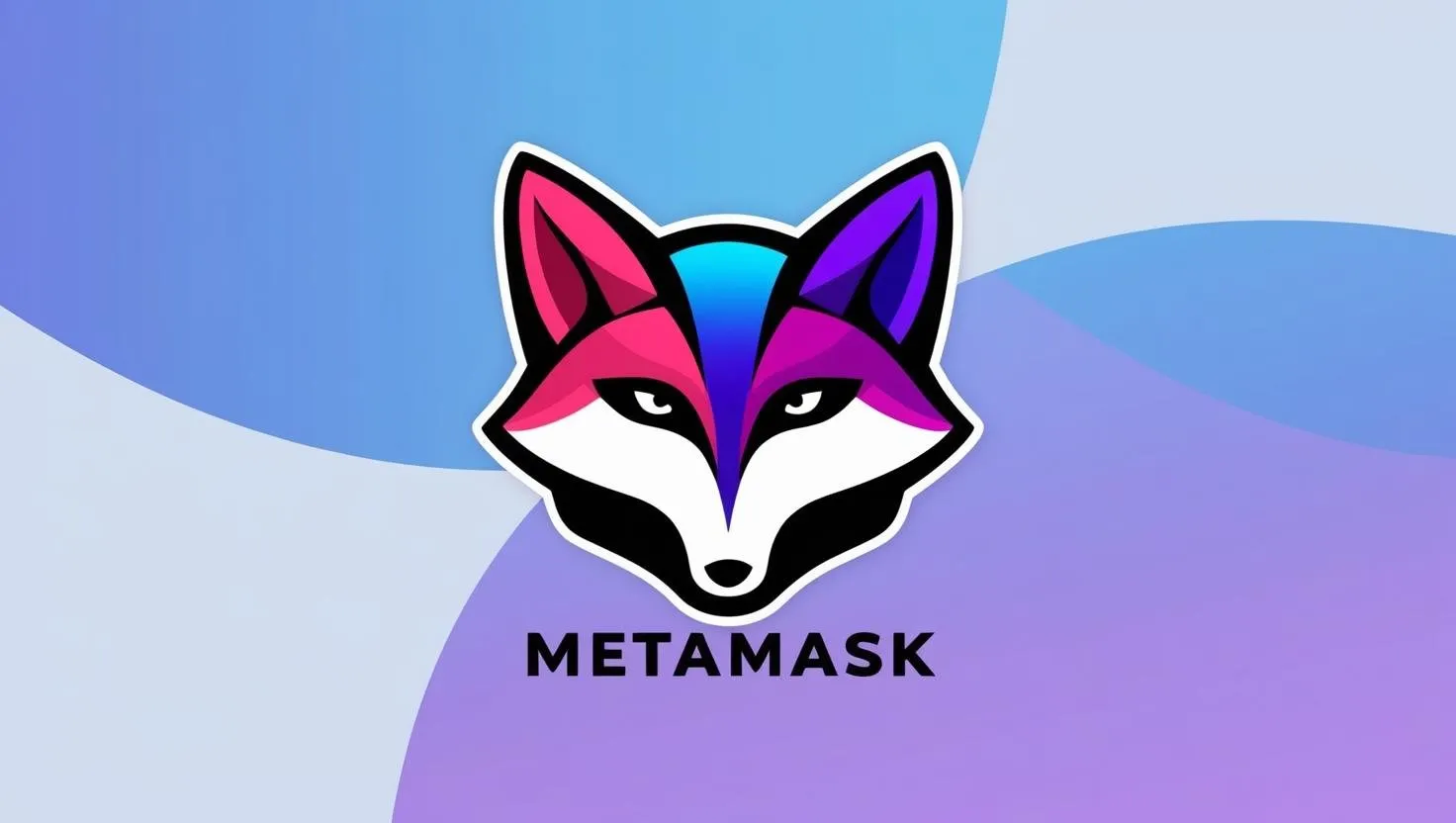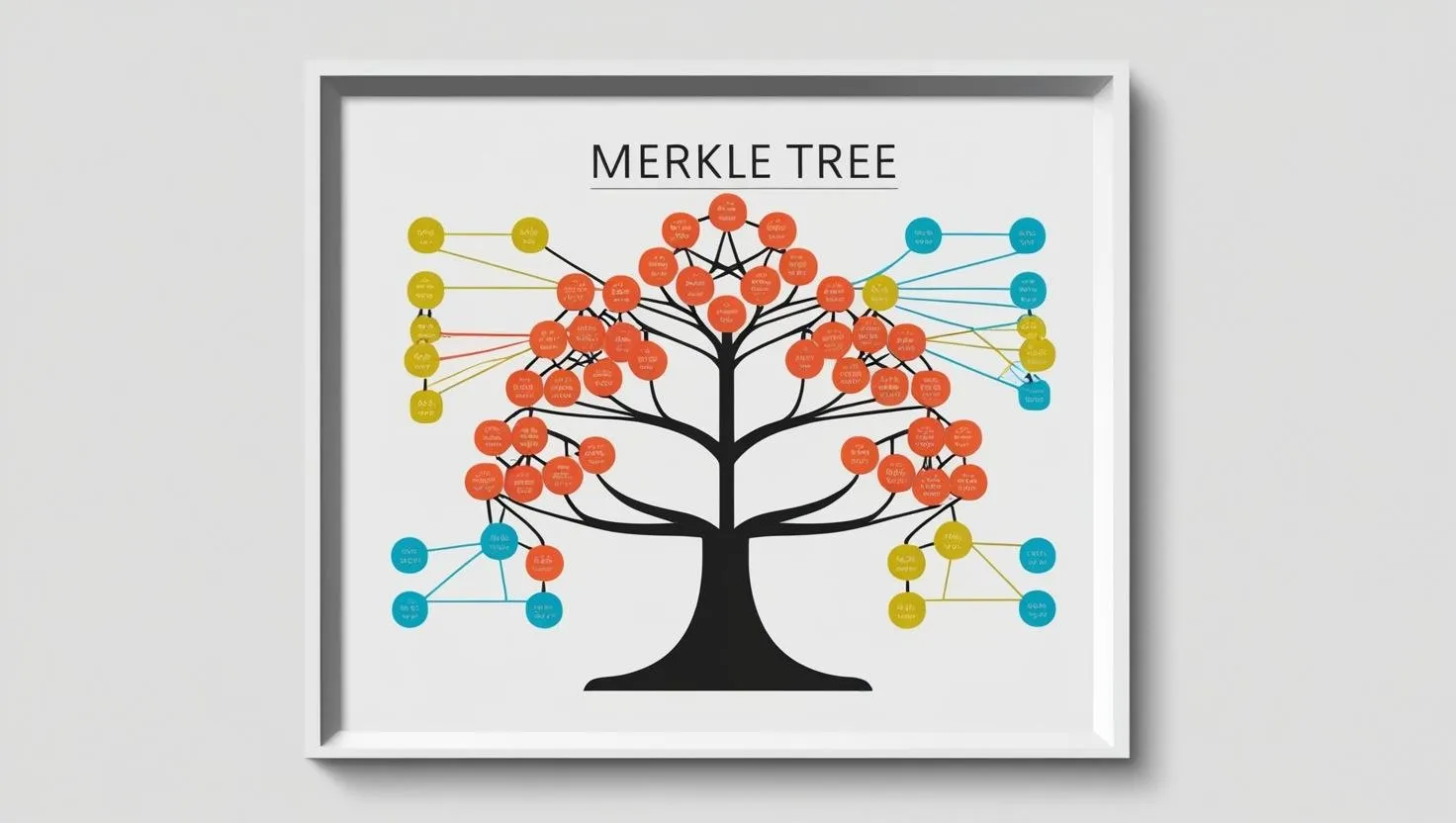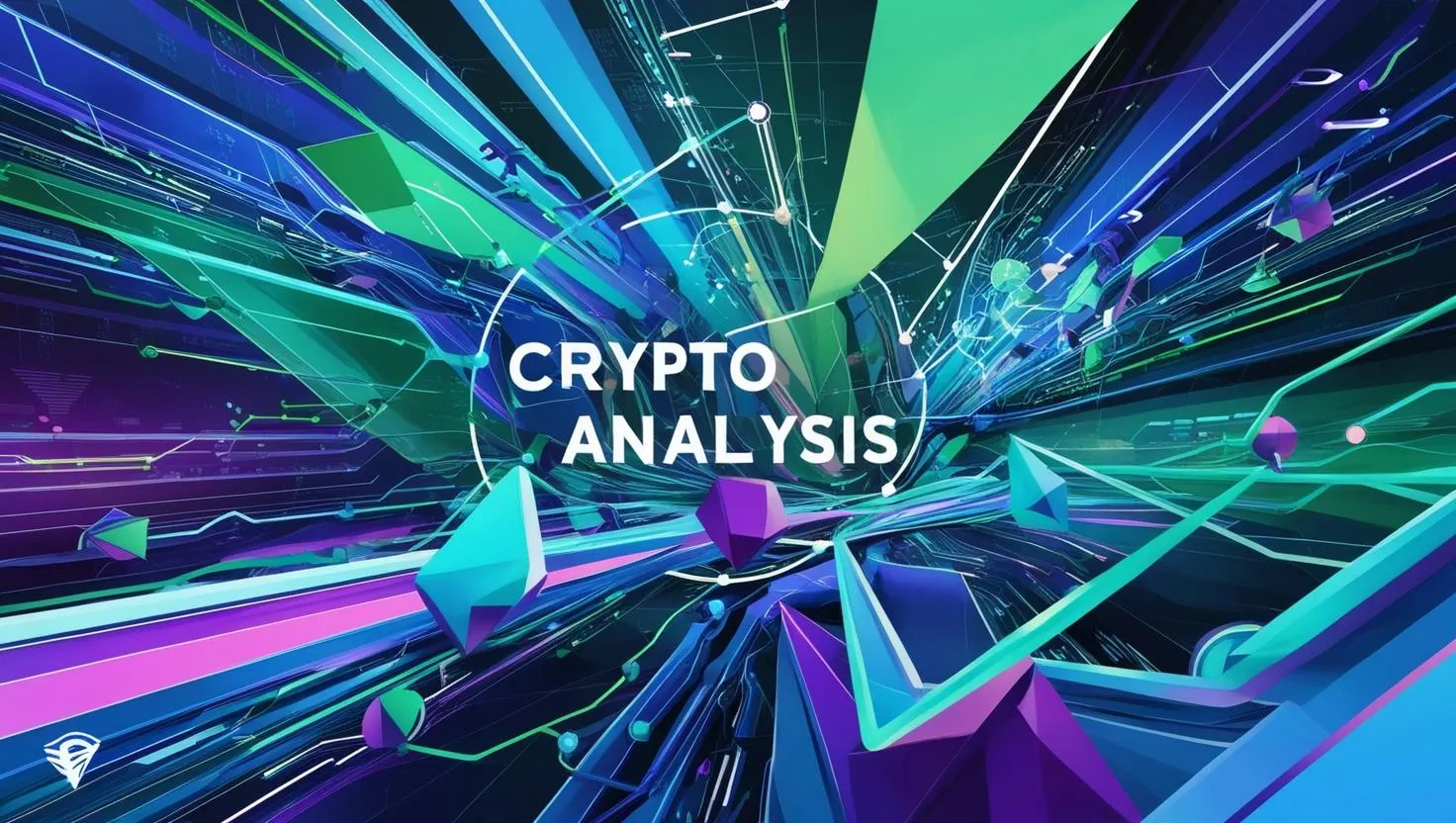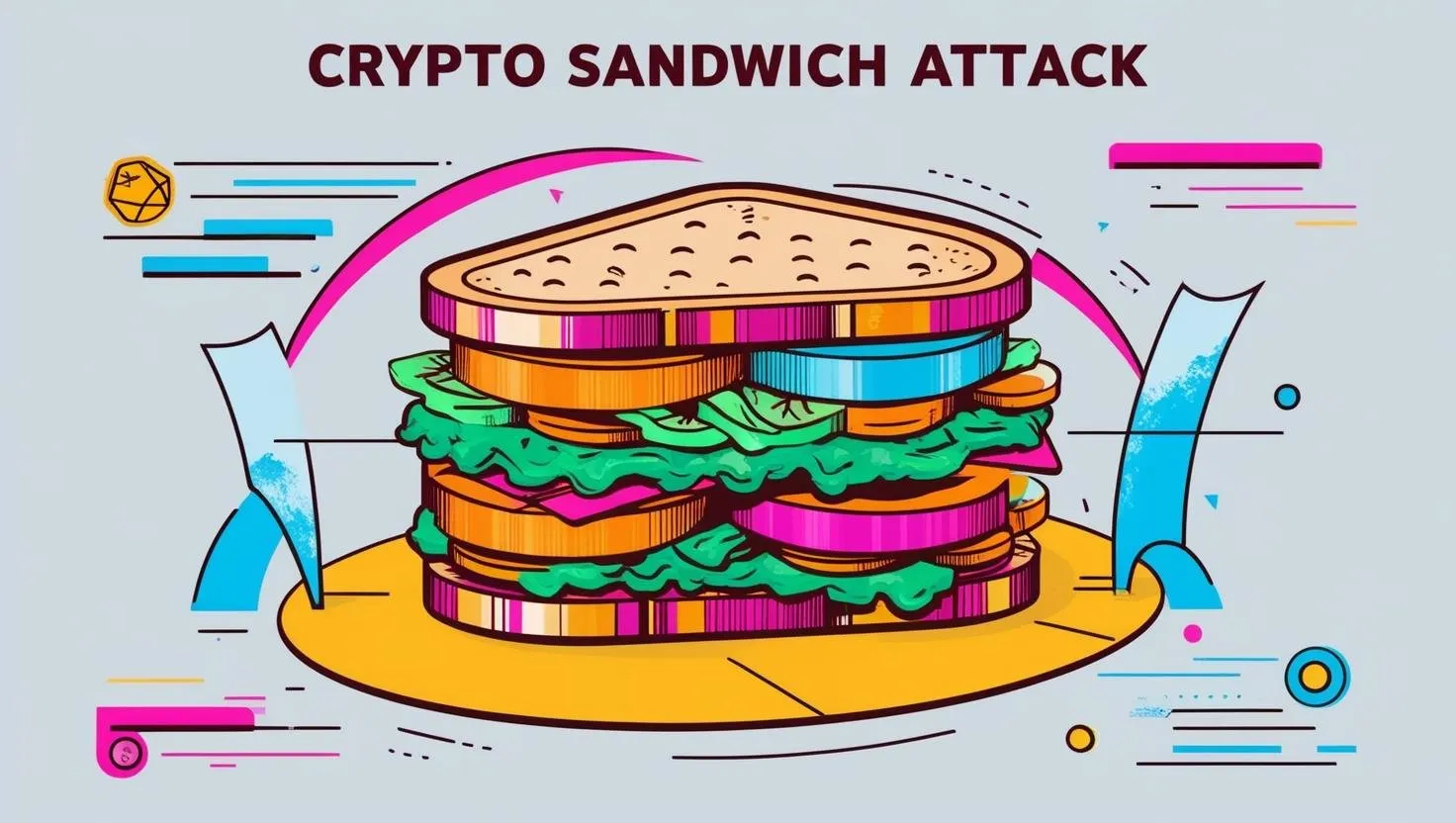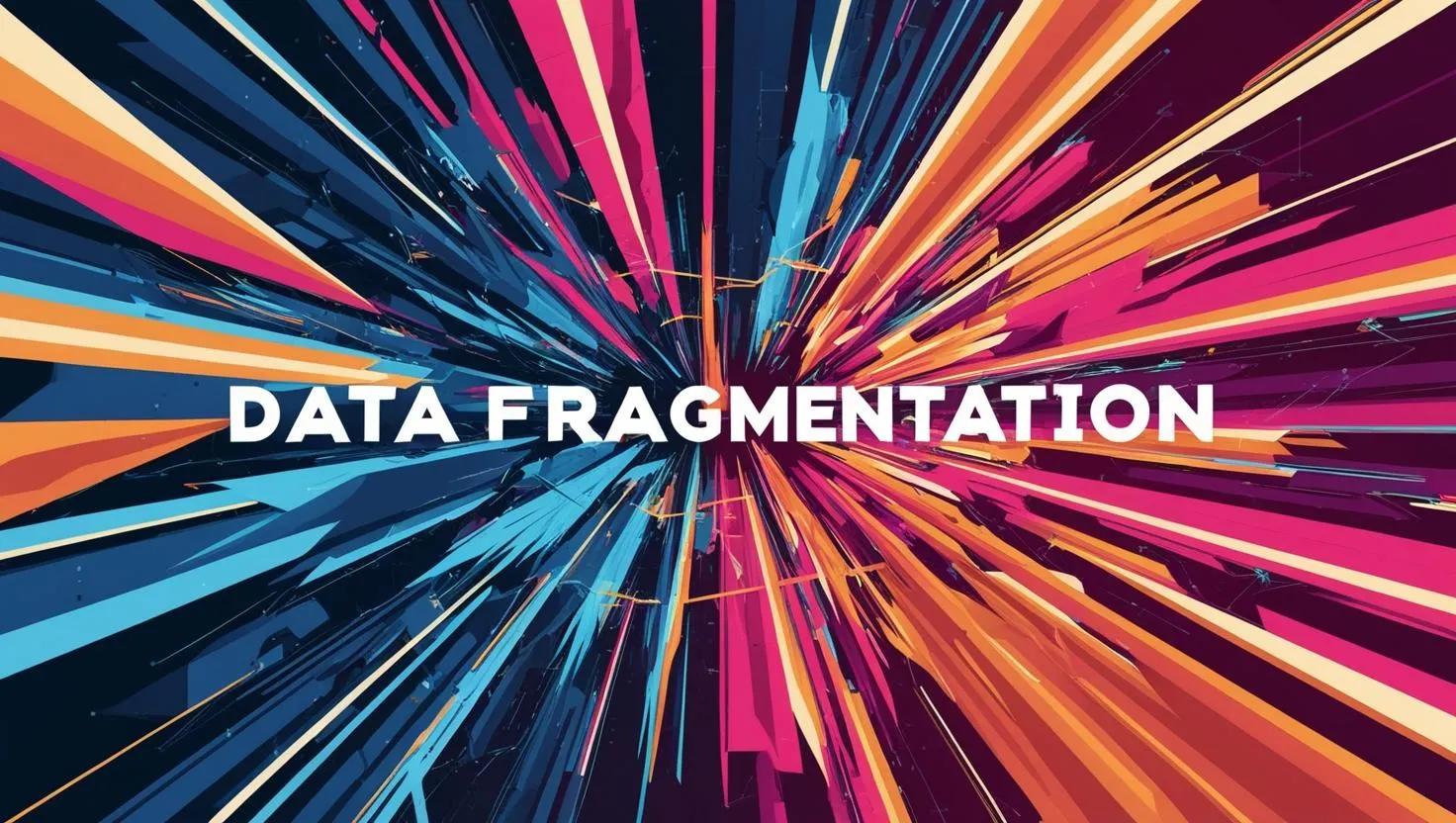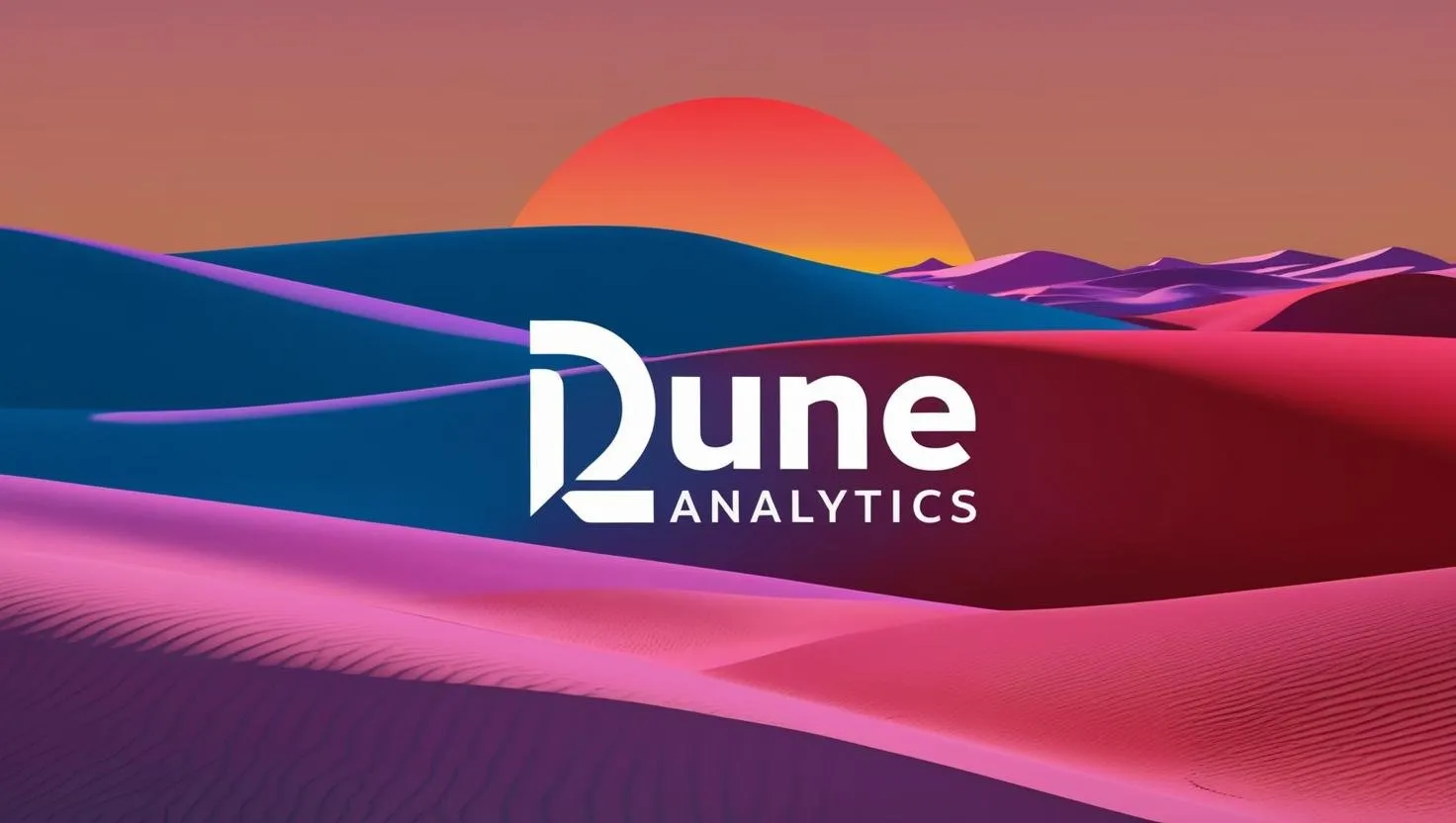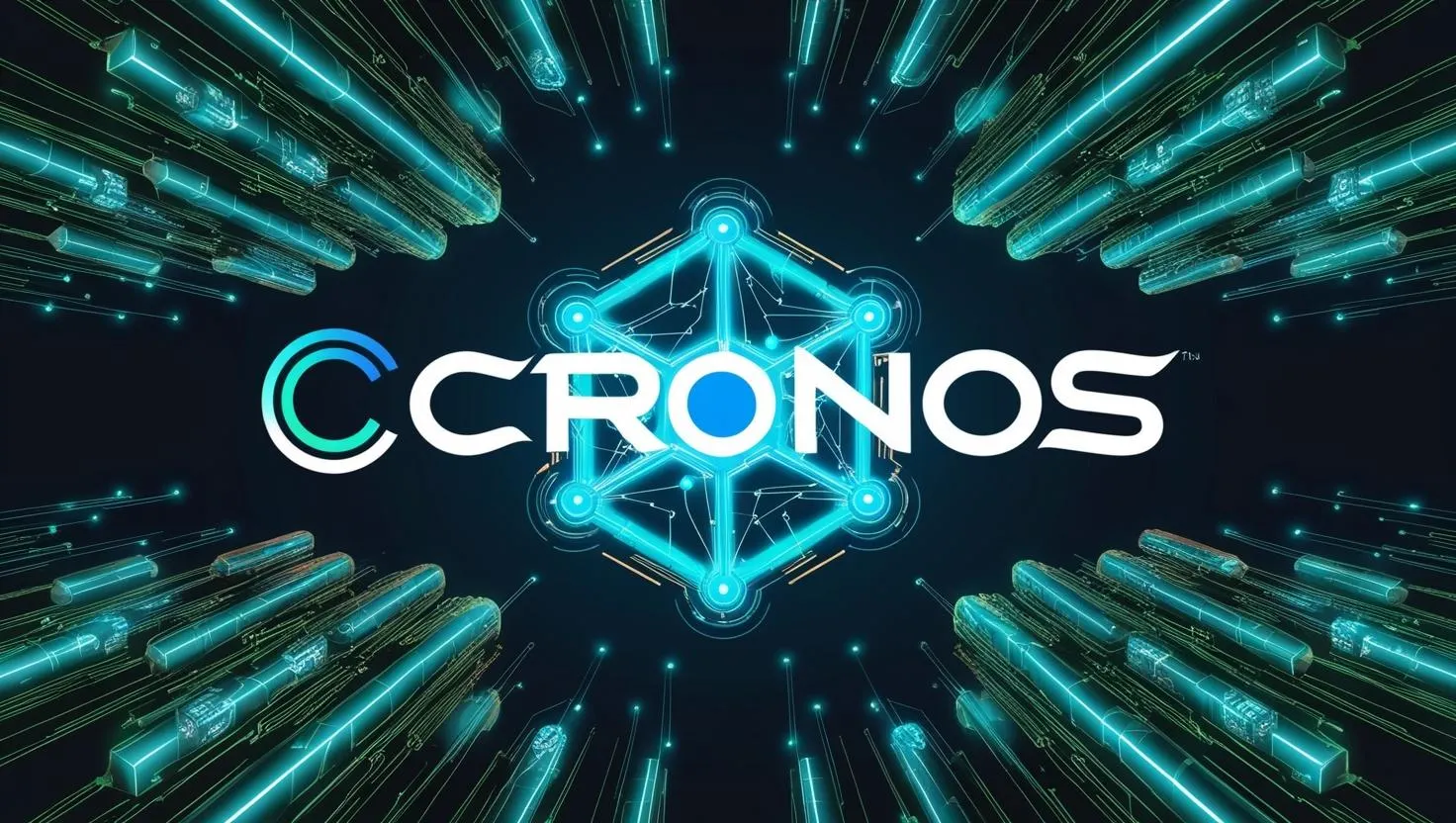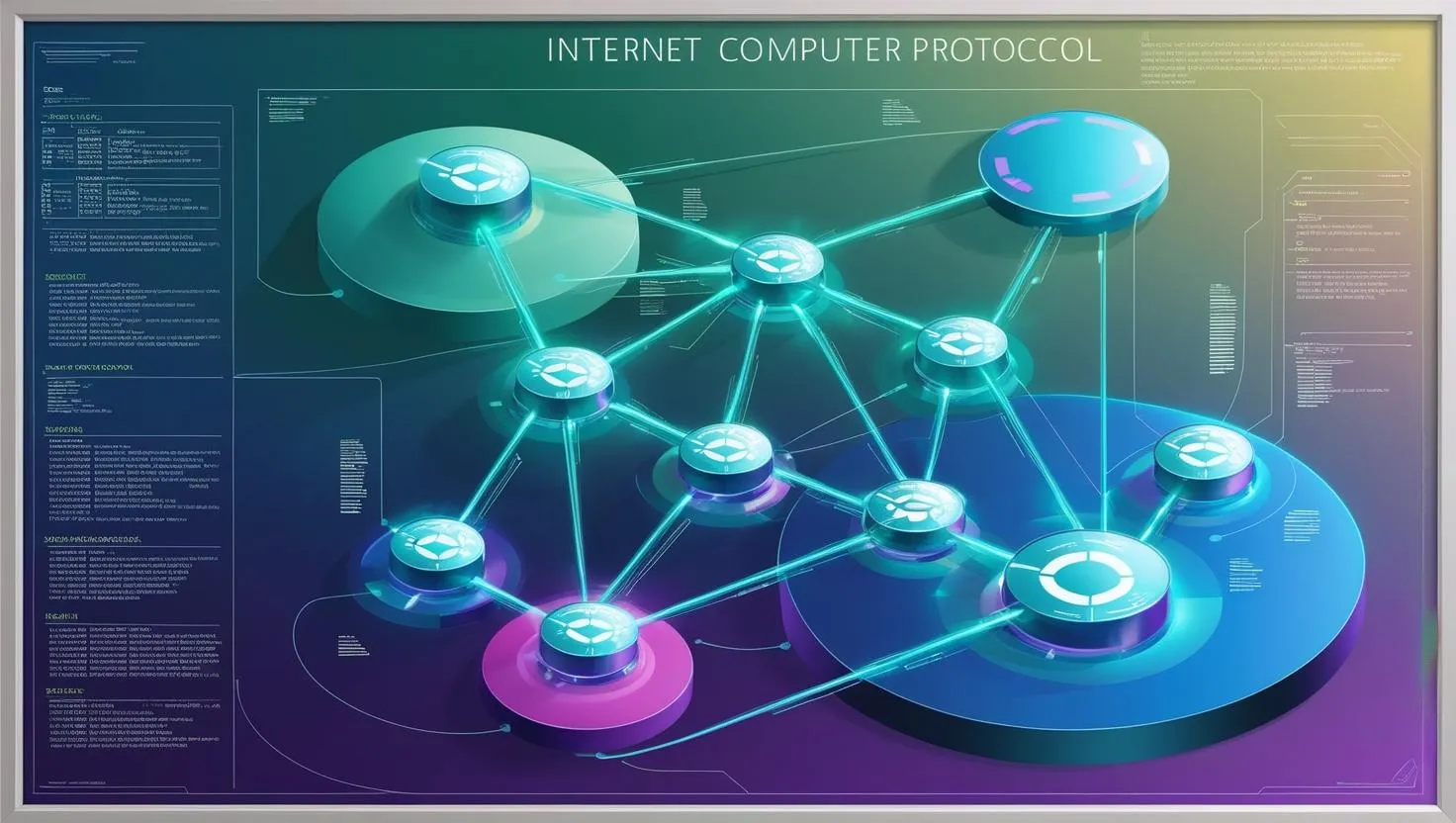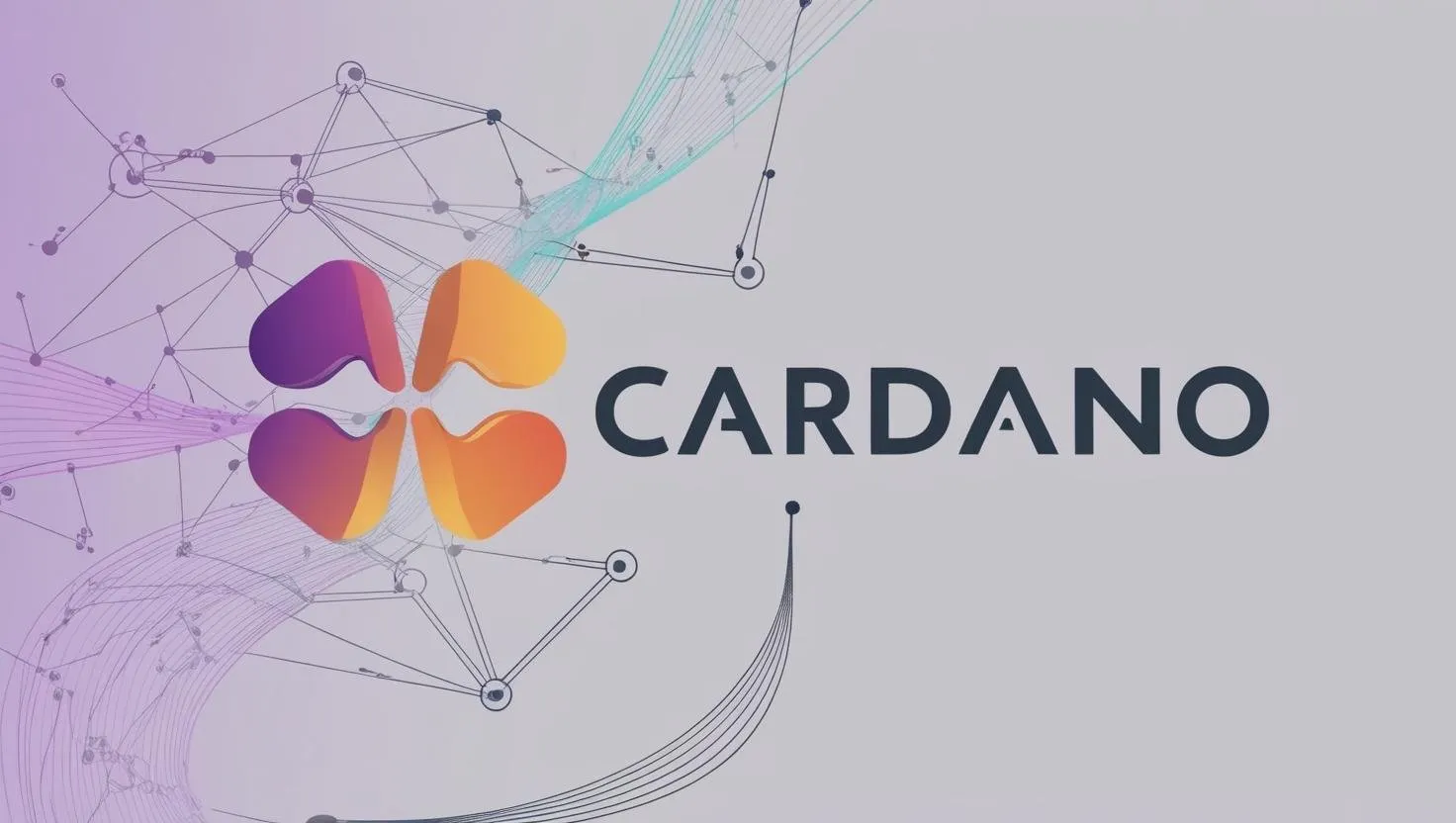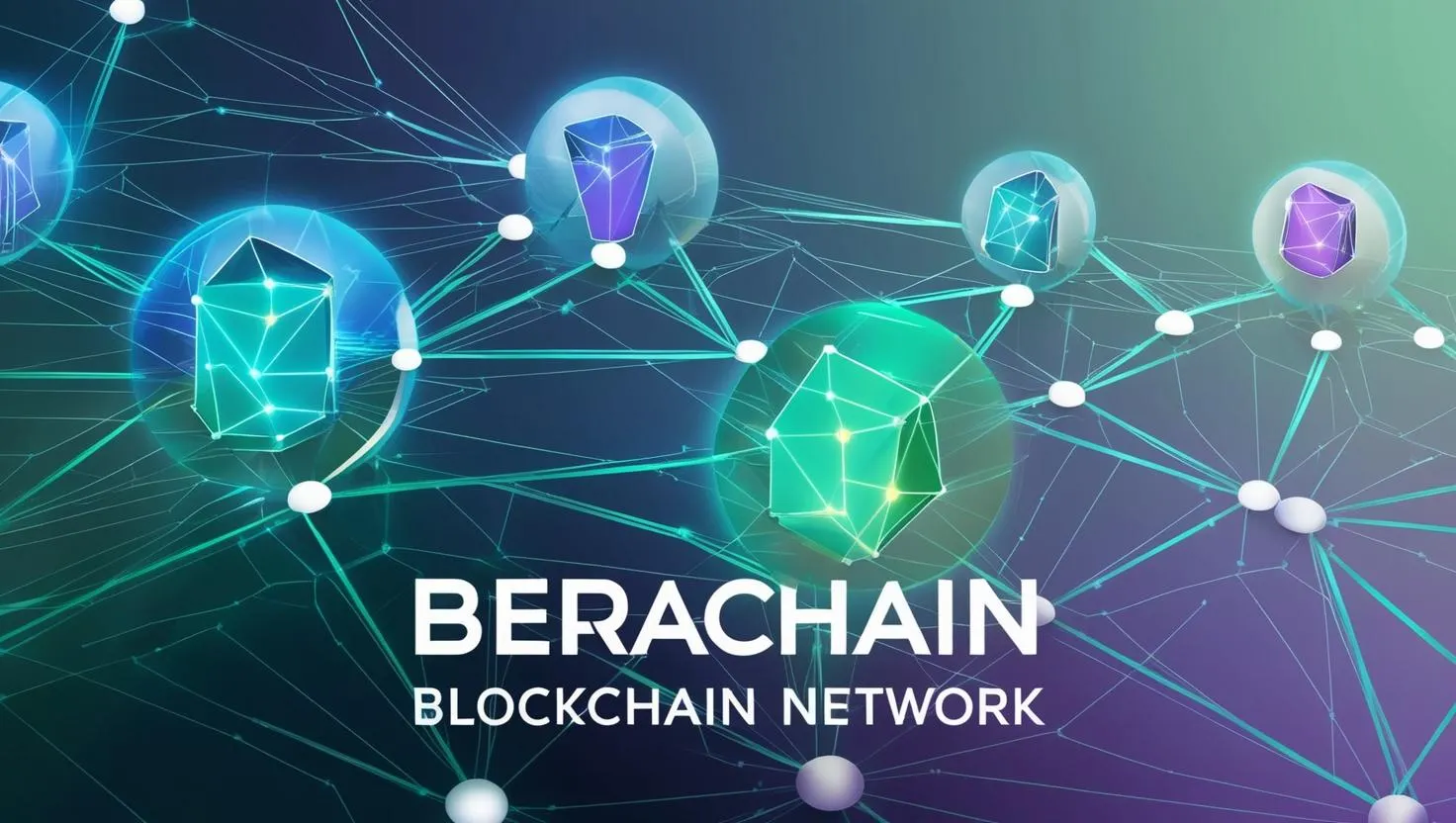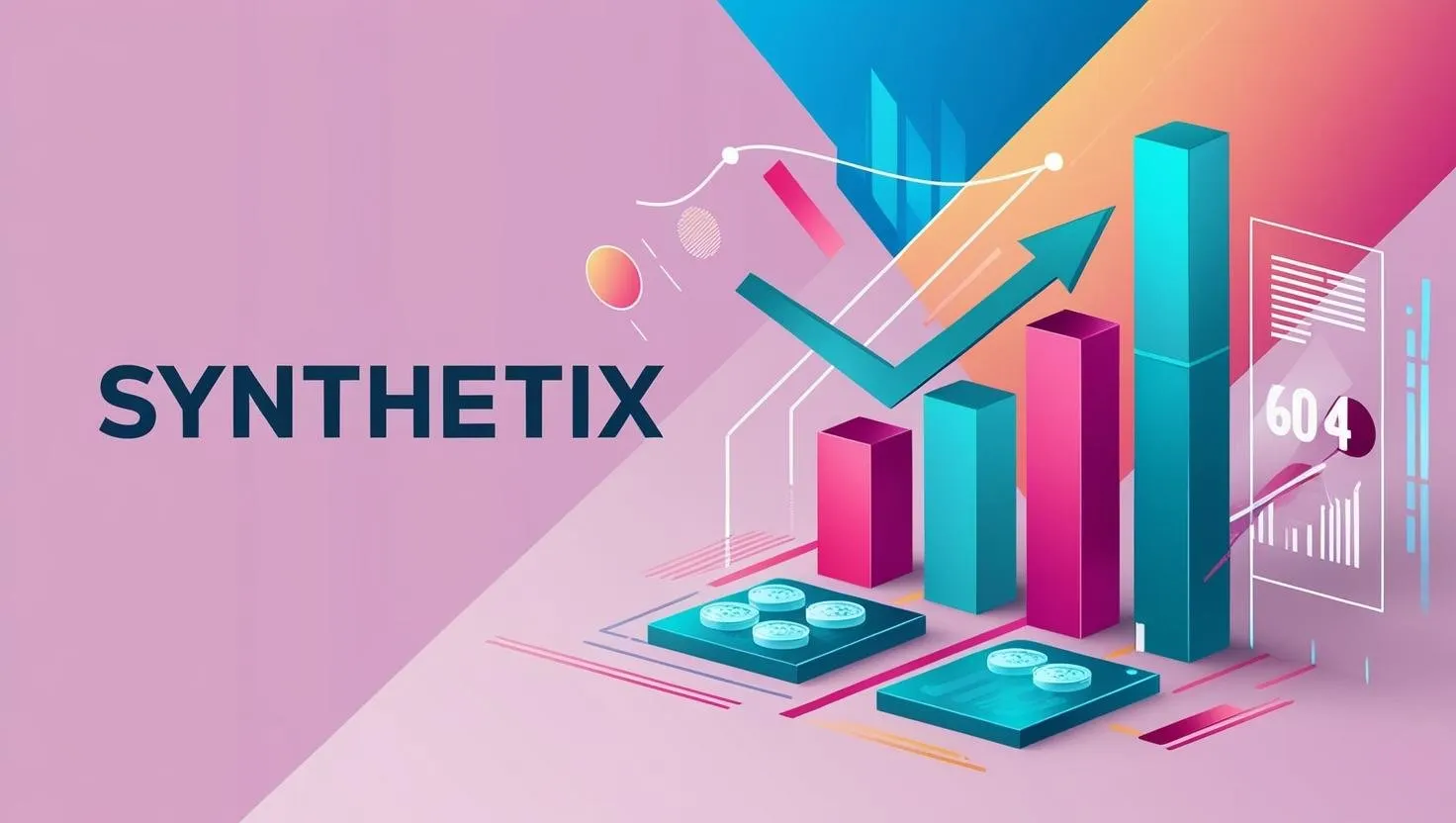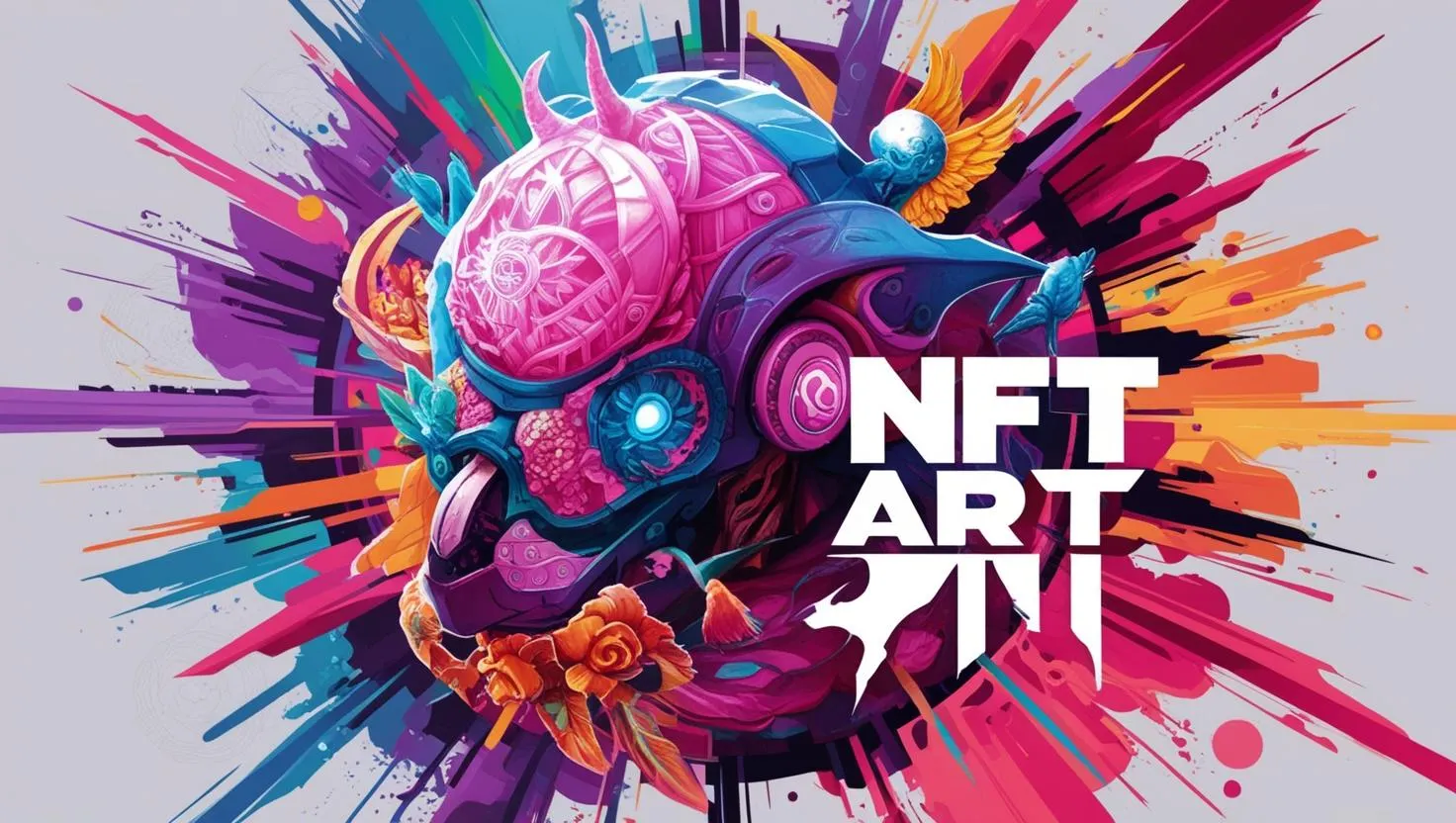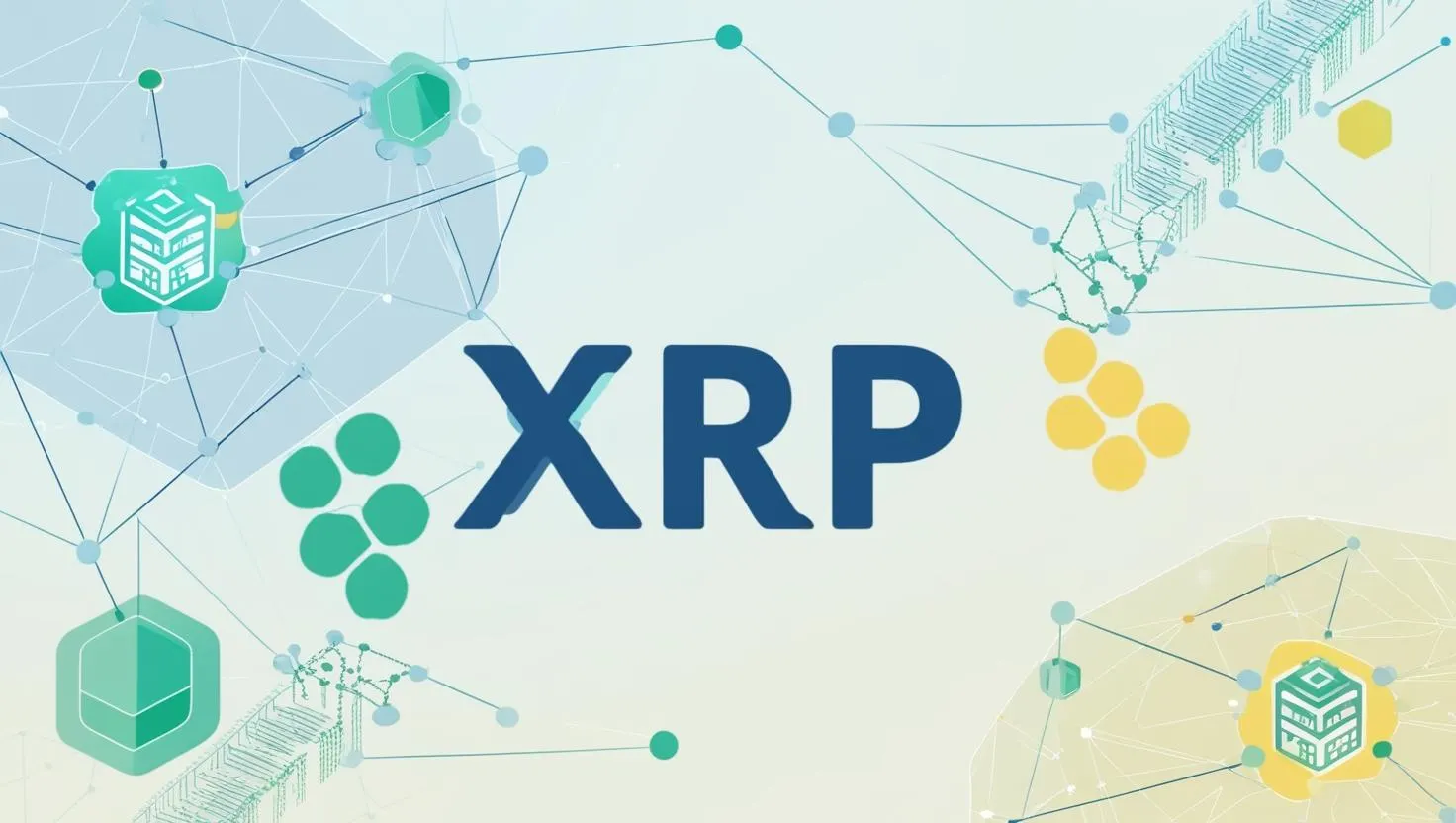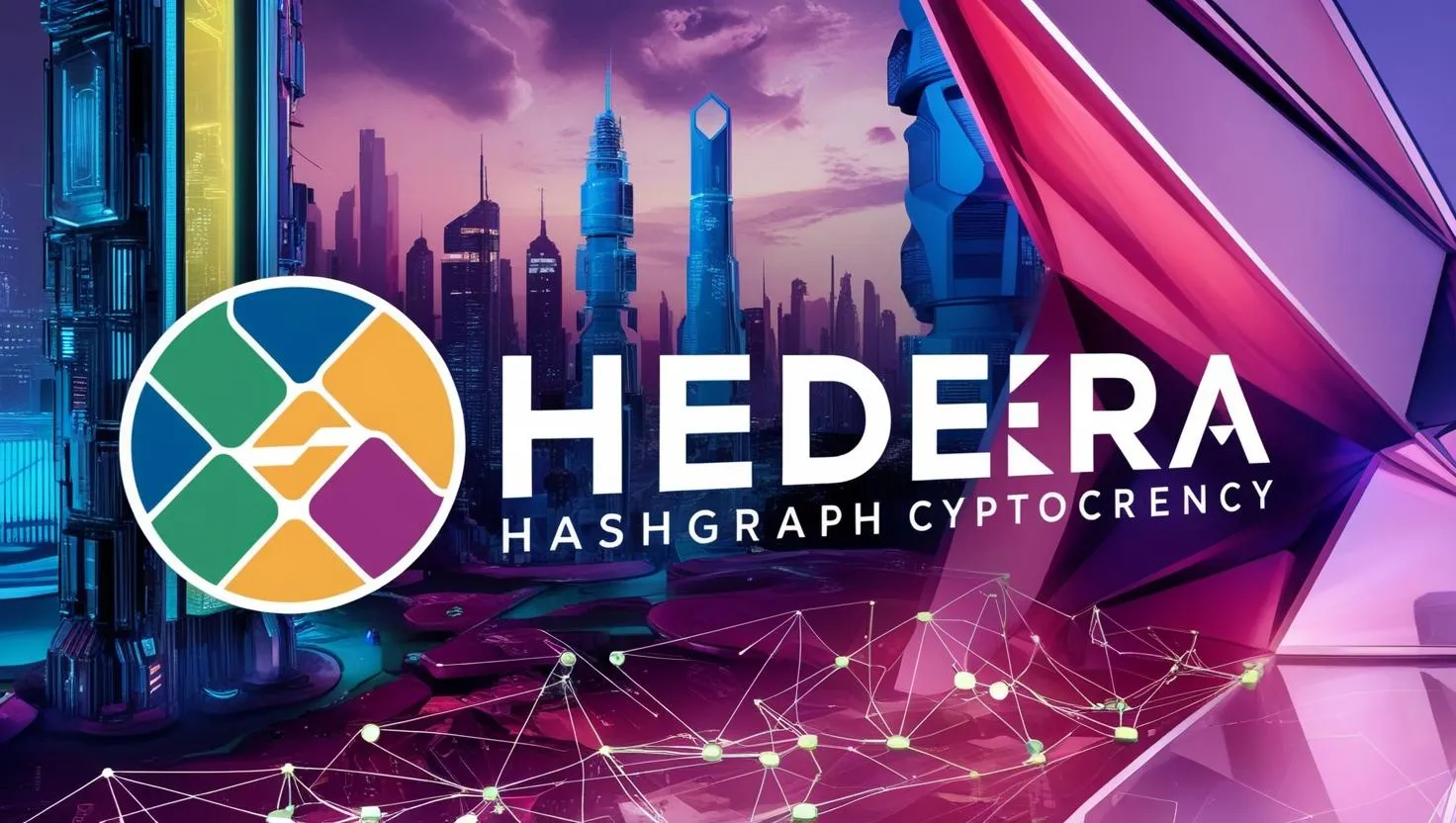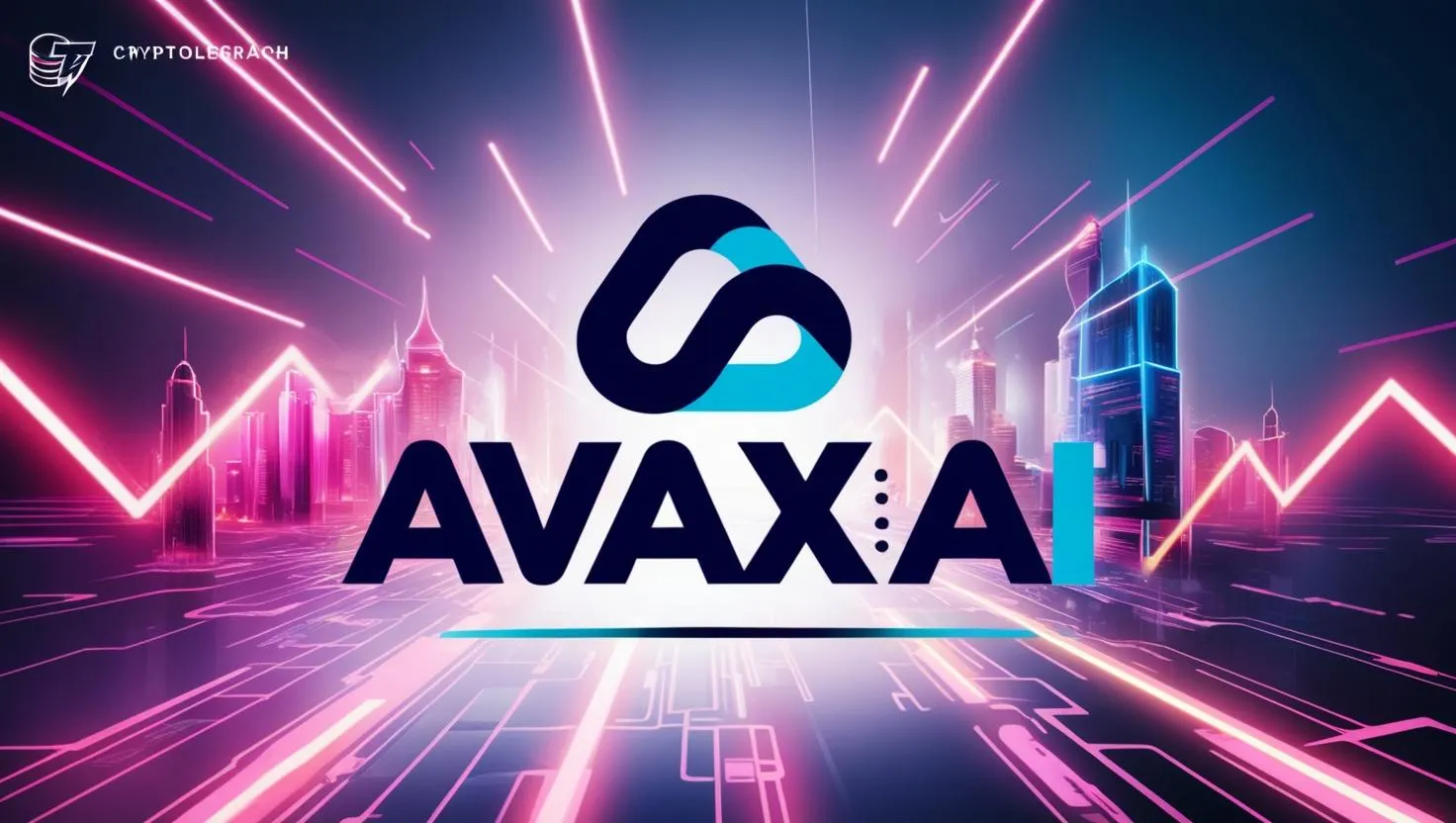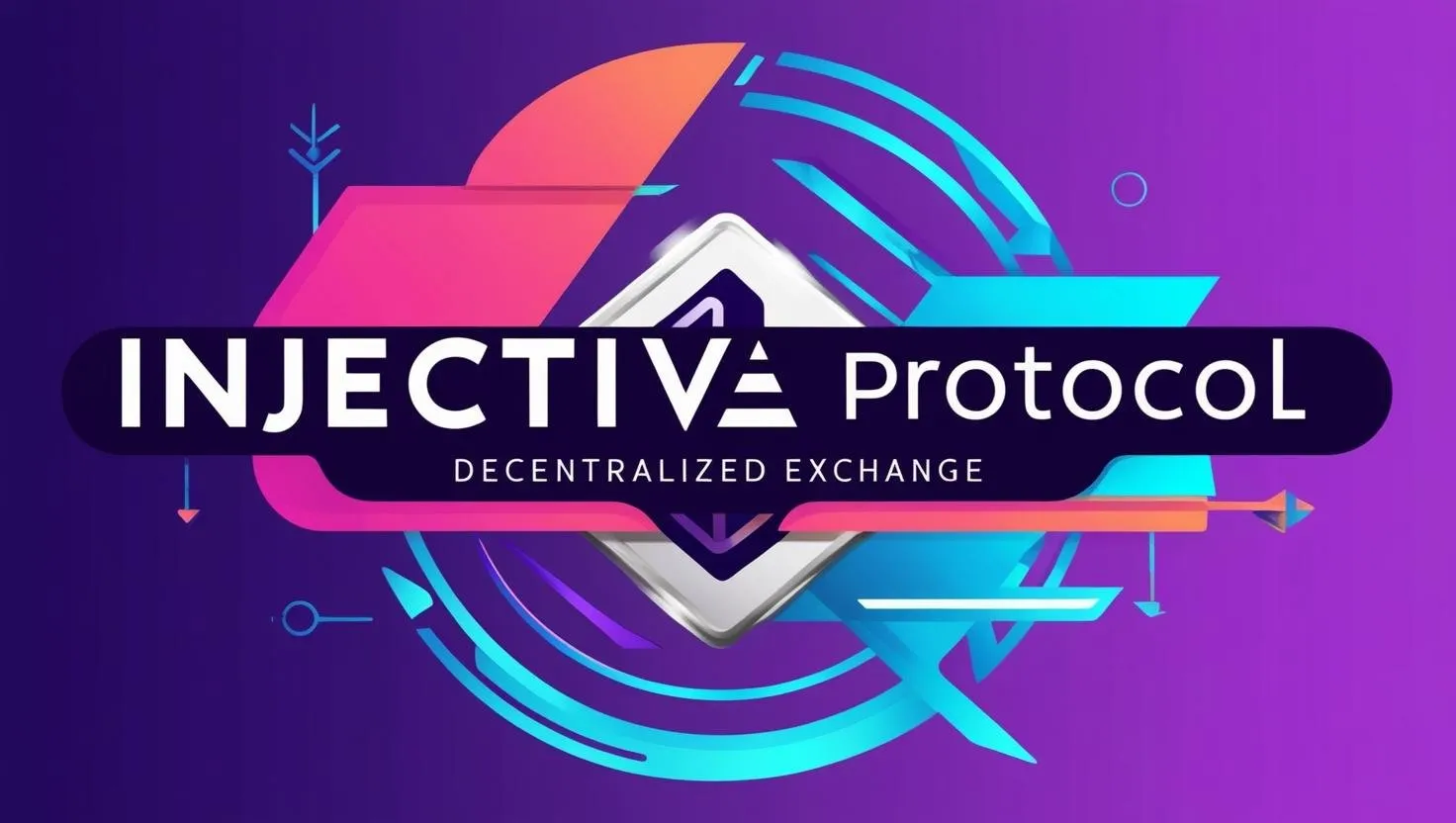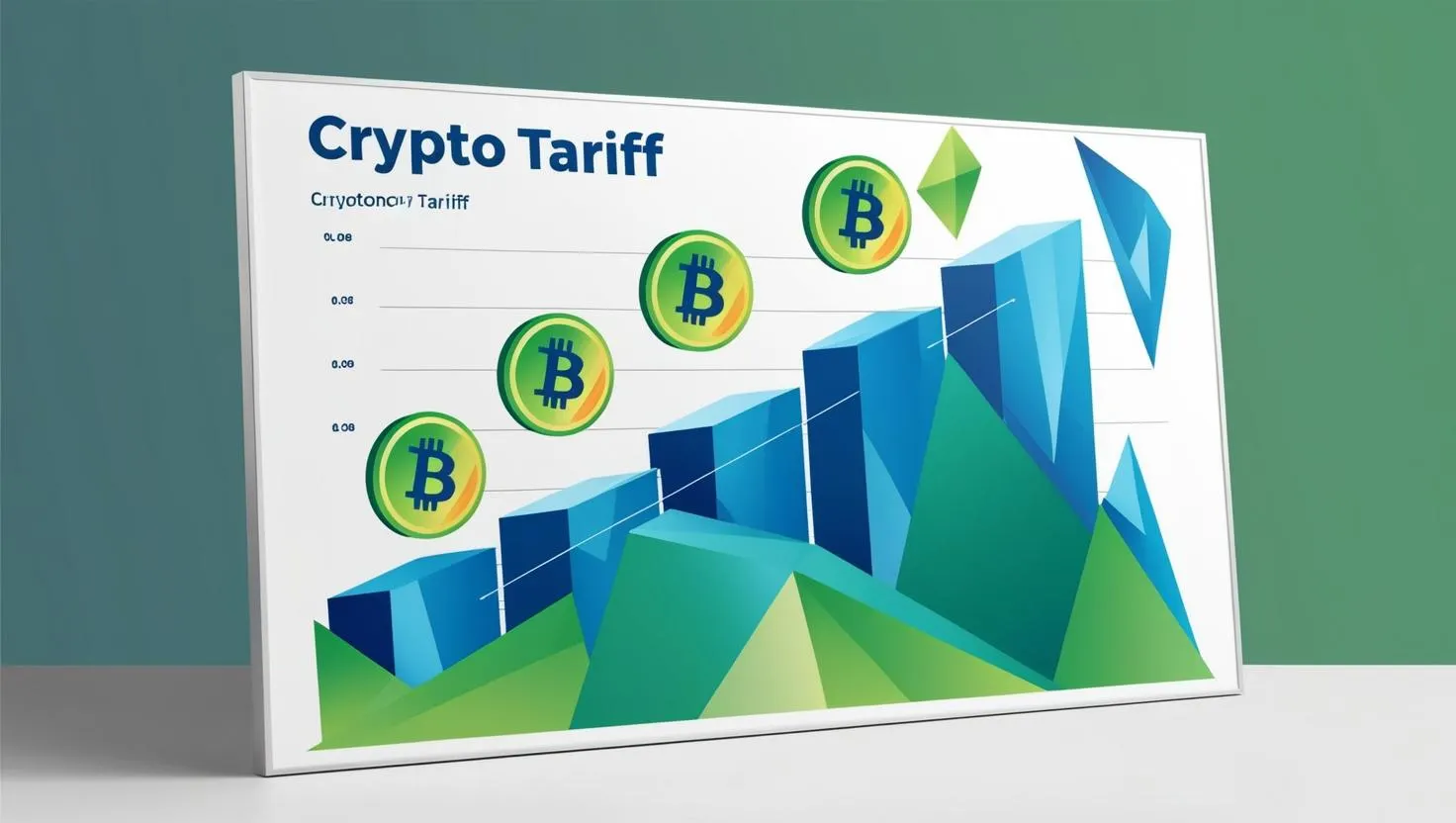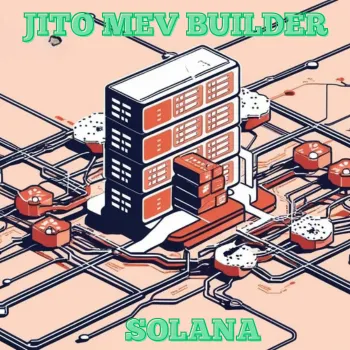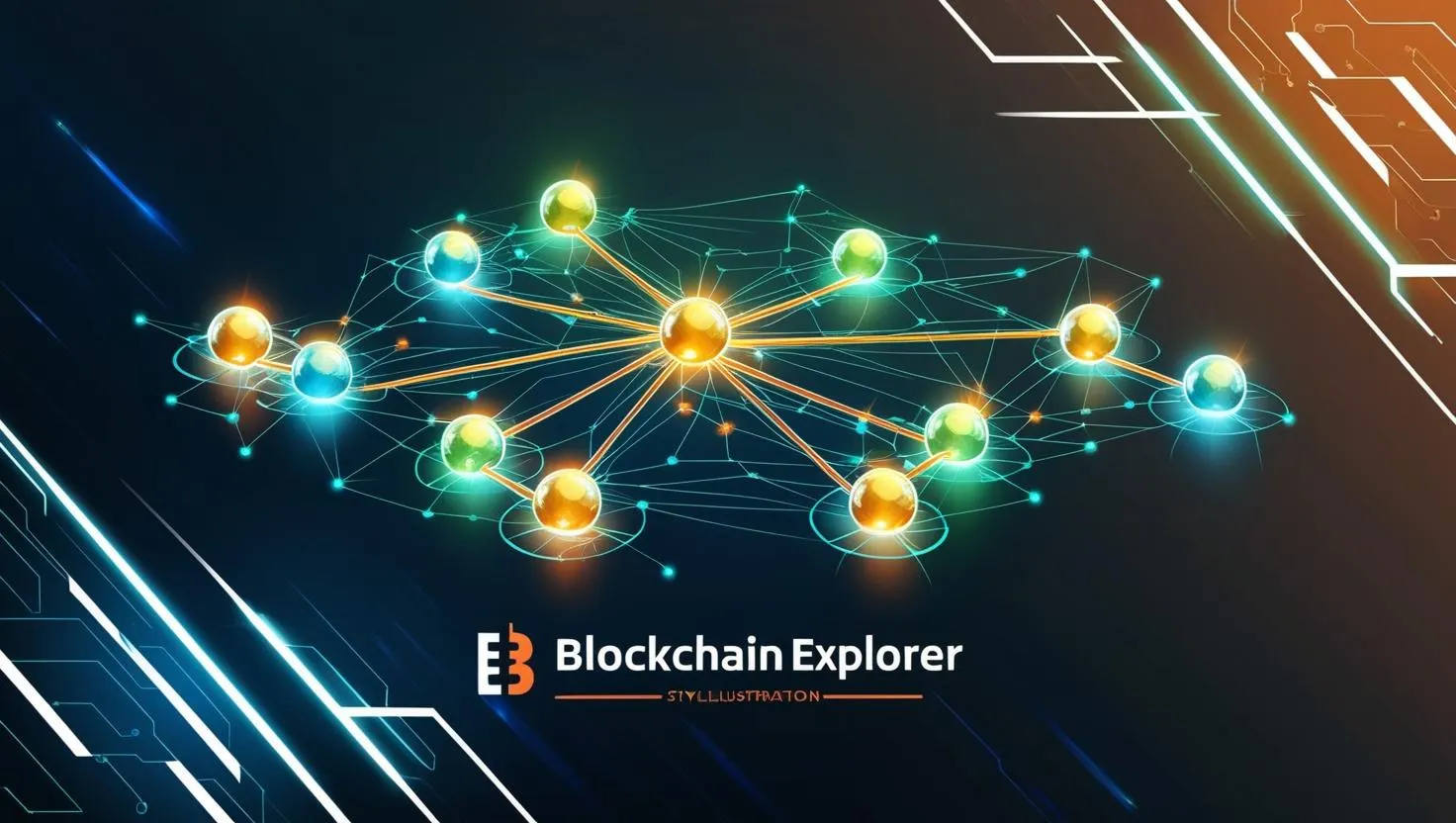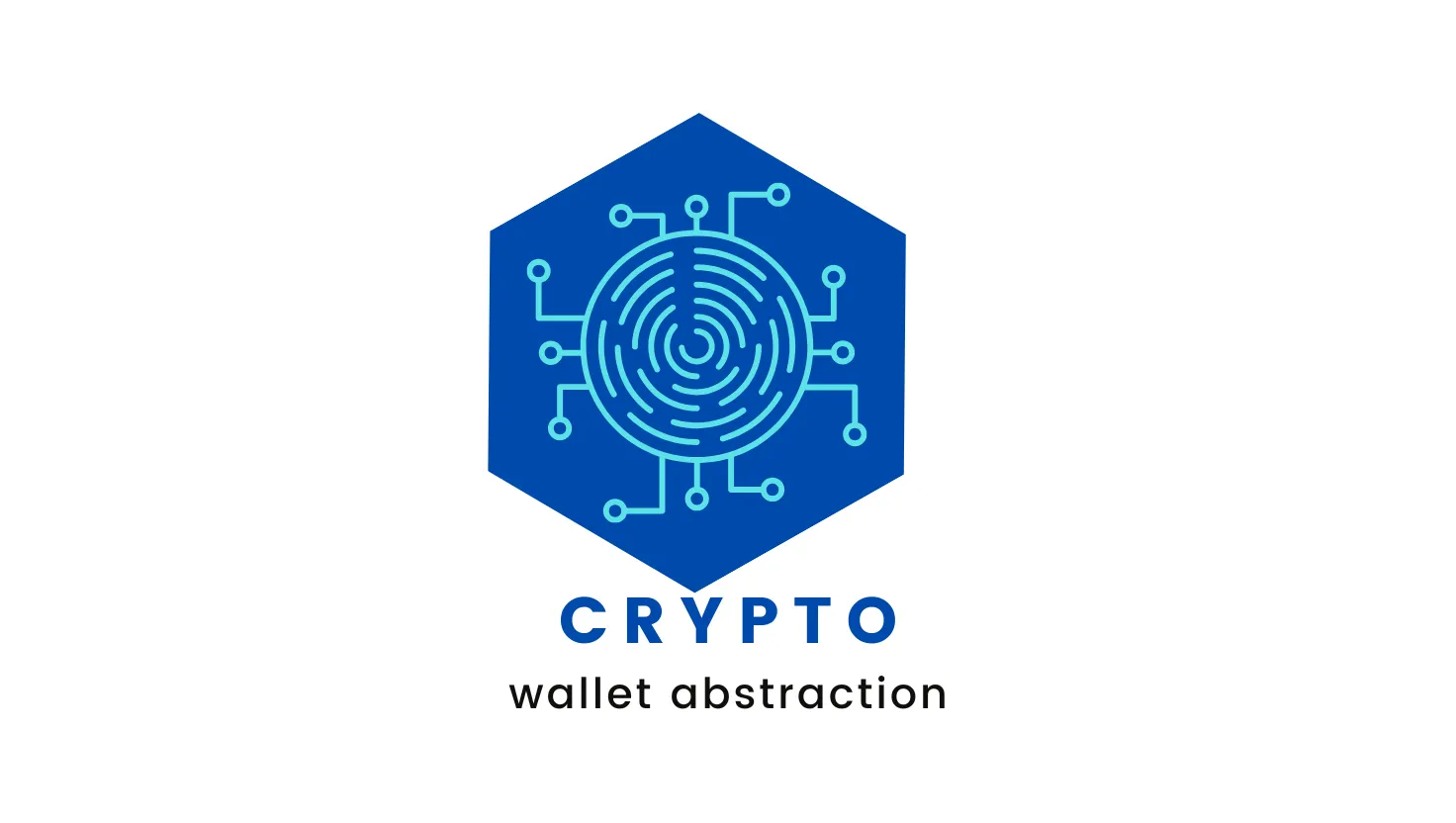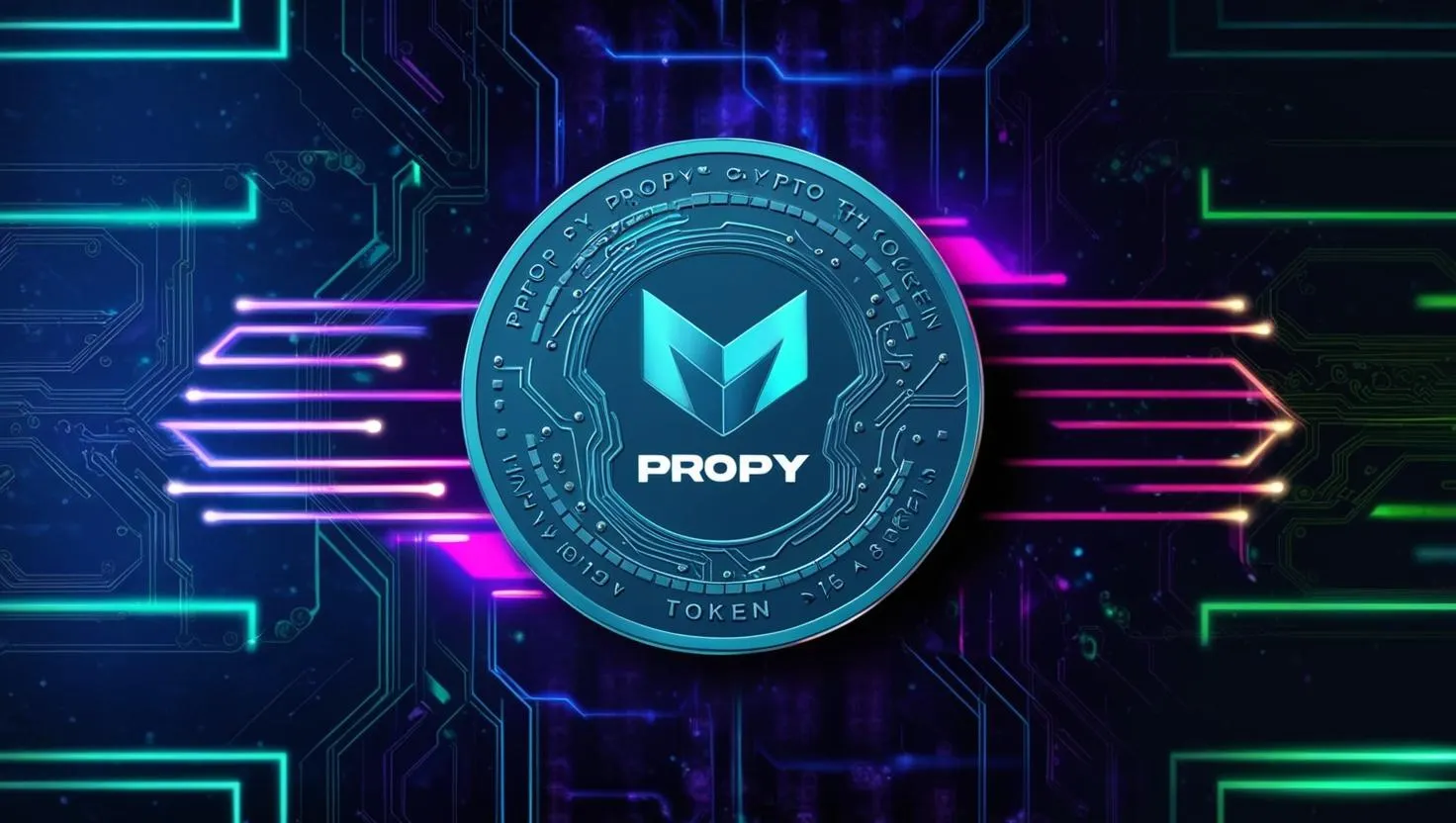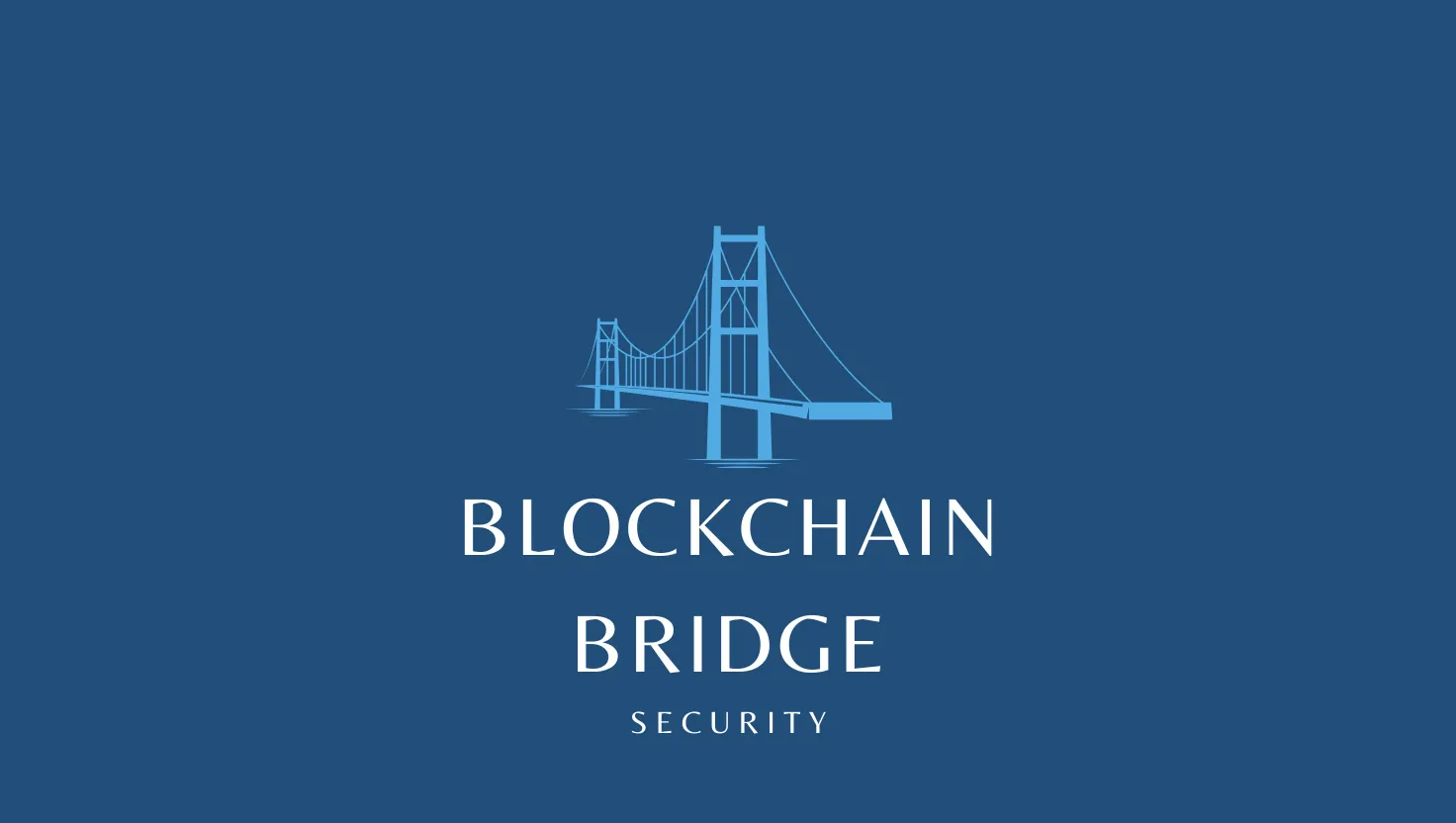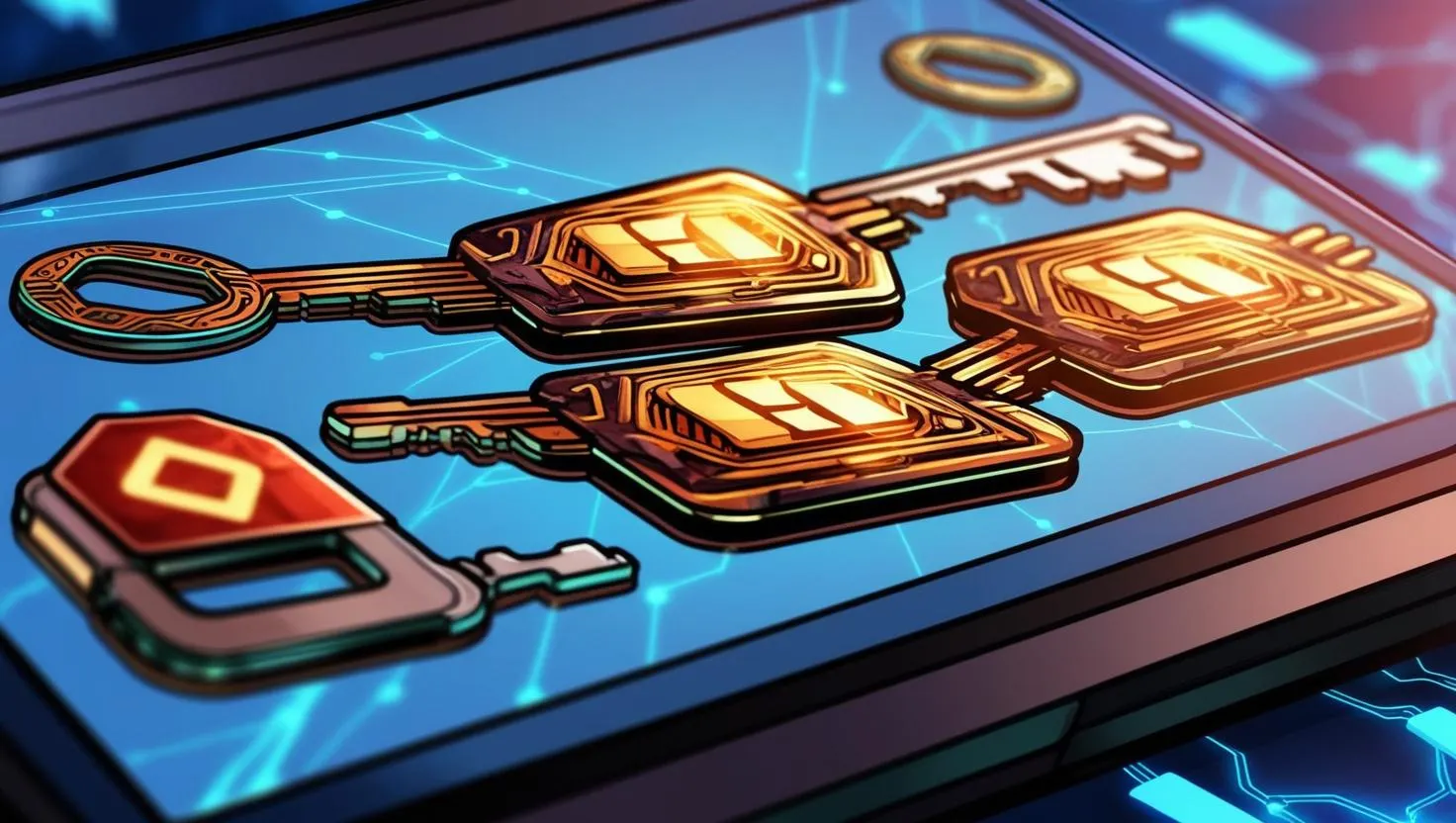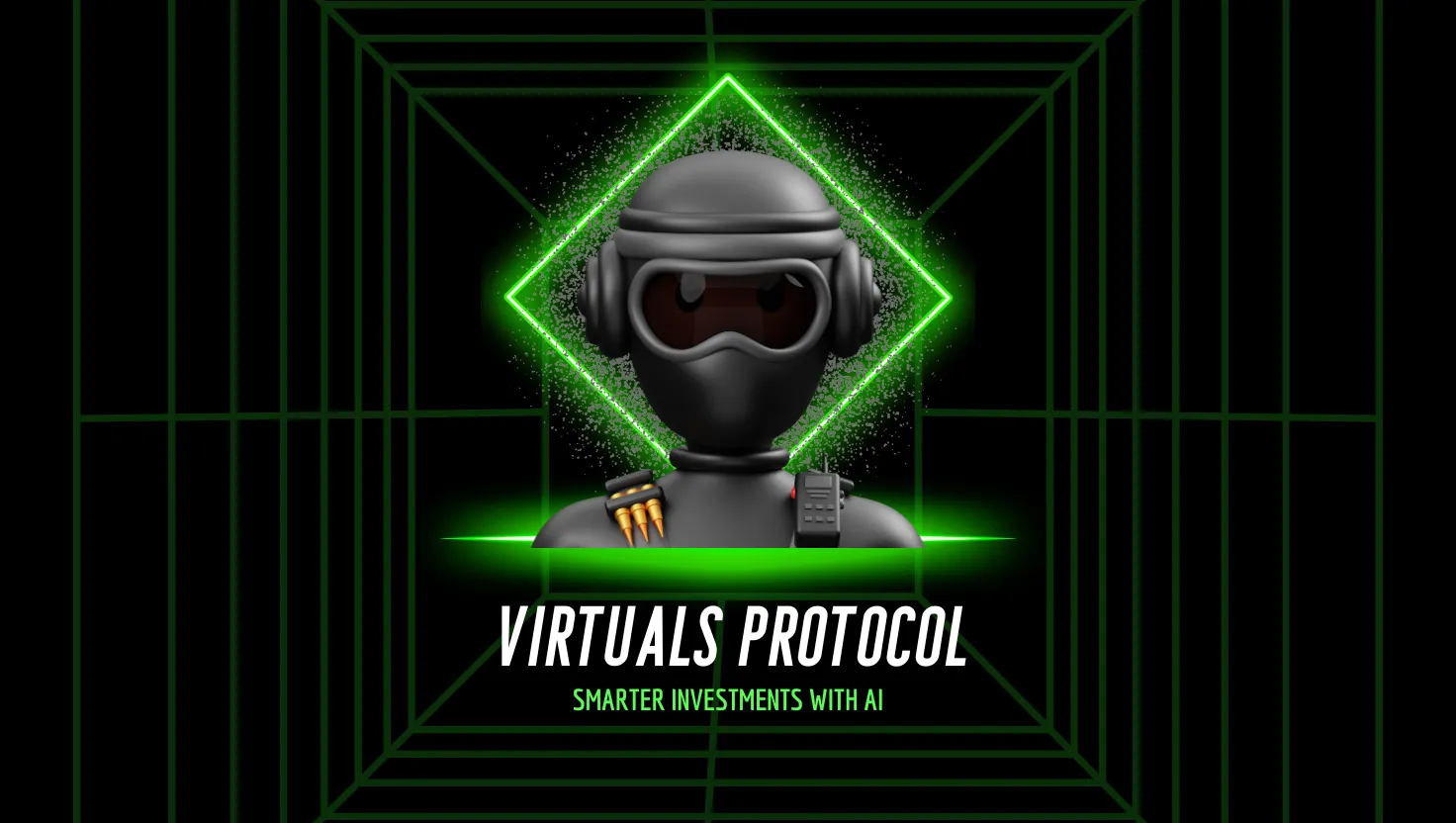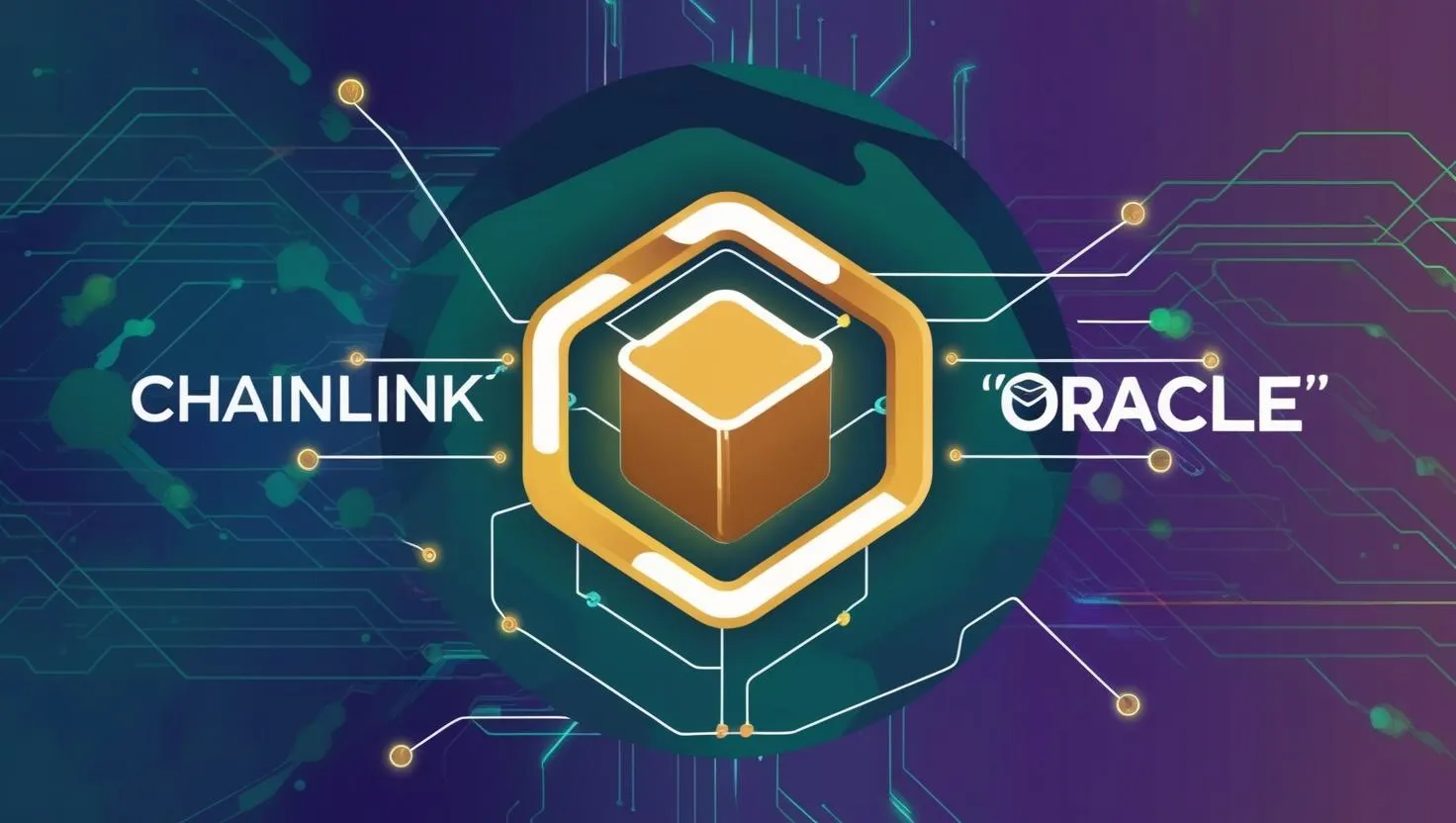Understanding Crypto Mining: Everything You Need to Know
Crypto Mining for Beginners: A Deep Dive
Cryptocurrency mining is the backbone of many decentralized digital currencies, acting as both a transaction verification system and a method for distributing new coins. It's a complex process, but understanding the fundamentals is key to navigating the crypto world. This guide provides a detailed overview of crypto mining for beginners.
What is Crypto Mining and Why is it Important?
Crypto mining is the process of verifying and adding transaction records to a public ledger known as the blockchain. This ledger is distributed across a network of computers, making it transparent and secure. Miners use powerful computers to solve complex mathematical problems. The first miner to solve the problem gets to validate the block of transactions and add it to the blockchain. In return for their work, they are rewarded with newly minted cryptocurrency and transaction fees.
Mining serves several crucial purposes:
- Transaction Verification: It ensures that transactions are legitimate and prevents double-spending.
- Blockchain Security: The distributed nature of the blockchain and the computational effort required for mining make it extremely difficult to tamper with the ledger.
- New Coin Creation: Mining is often the mechanism through which new units of a cryptocurrency are introduced into circulation.
How Does Crypto Mining Work?
The core of crypto mining lies in solving cryptographic hash puzzles. These puzzles are computationally intensive and require specialized hardware. Here's a simplified breakdown:
- Transaction Gathering: Pending transactions are bundled together into a block.
- Hash Puzzle: Miners compete to solve a complex mathematical problem related to the block's data. This problem involves finding a specific hash value that meets certain criteria.
- Proof-of-Work (PoW): The first miner to find the correct hash value (the "proof of work") broadcasts it to the network.
- Verification: Other network participants verify the solution.
- Block Addition: If the solution is valid, the block is added to the blockchain.
- Reward: The successful miner receives a reward in the form of newly minted cryptocurrency and any transaction fees associated with the block.
Different Consensus Mechanisms: PoW vs. PoS
While Proof-of-Work (PoW) is the most well-known, other consensus mechanisms exist. Here's a comparison:
- Proof-of-Work (PoW): Relies on computational power to solve cryptographic puzzles. This is the mechanism used by Bitcoin. It's secure but energy-intensive.
- Proof-of-Stake (PoS): Miners (or "validators") are chosen to create new blocks based on the amount of cryptocurrency they "stake" or hold. It's more energy-efficient than PoW but has different security considerations. Ethereum has transitioned to PoS.

What You Need to Start Mining
Setting up a mining operation involves several key components:
- Hardware: For PoW mining, you'll need specialized hardware, typically Application-Specific Integrated Circuits (ASICs) for Bitcoin or powerful Graphics Processing Units (GPUs) for other mineable coins. For PoS, you need to hold a certain amount of the cryptocurrency.
- Software: Mining software connects your hardware to the blockchain network and manages the mining process.
- Wallet: A cryptocurrency wallet is essential for receiving your mining rewards and storing your cryptocurrency.
- Mining Pool (Optional): Joining a mining pool allows you to combine your hashing power with other miners, increasing your chances of earning rewards. Pools distribute rewards proportionally to the contributed hashing power.
- Electricity: Mining consumes significant amounts of electricity, so factor this cost into your profitability calculations.
Profitability and Considerations
Mining profitability depends on various factors:
- Hash Rate: The computational power your hardware can provide.
- Electricity Costs: A major operating expense.
- Cryptocurrency Price: Fluctuations in the cryptocurrency's value directly impact your earnings.
- Mining Difficulty: The difficulty of the cryptographic puzzles adjusts over time, affecting how quickly blocks are mined.
- Hardware Costs: The initial investment in mining hardware.
Important Considerations:
- Difficulty Adjustments: As more miners join the network, the difficulty of the puzzles increases, making it harder to earn rewards.
- Hardware Obsolescence: Mining hardware can become outdated quickly due to advancements in technology.
- Cooling: Mining hardware generates significant heat and requires proper cooling to prevent damage.
- Regulations: The regulatory landscape surrounding cryptocurrency mining is evolving and varies by jurisdiction.
Is Mining Right for You?
Mining can be a rewarding but also risky endeavor. It requires careful planning, research, and a realistic assessment of your resources and risk tolerance. Consider the costs, the technical challenges, and the volatile nature of the cryptocurrency market before diving in. For some, cloud mining (renting hashing power from a provider) might be a less technically demanding alternative, but it also comes with its own set of risks.
This detailed guide provides a solid foundation for understanding crypto mining. Remember to continue learning and stay updated on the latest developments in this dynamic field.

